Greece - 1985
Taking long service leave for the middle school term in 1985 I went on my first trip to Europe.
(A 13-week Melbourne - Bangkok - Hong Kong - Taipei - Japan -
Trans Siberian Railway - UK - Athens - Israel - Egypt - Western Europe - Singapore - Melbourne trip.)
The next day after arriving in London, I flew to Athens for a 3-night stay before continuing the trip to Israel and Egypt.
An Australian tourist in front of The Parthenon.
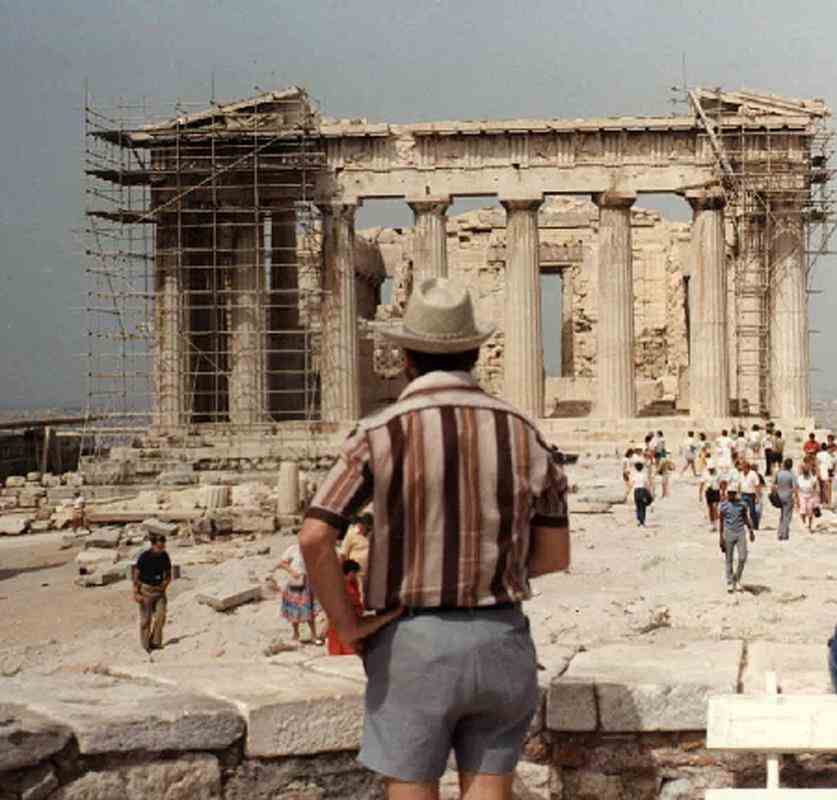
The Parthenon is the chief temple of the Greek goddess Athena Parthenos, the patron goddess of Athens the goddess of wisdom and war).
The construction of the monument was initiated by Perikles. Work began in 447 BC, and the building itself was completed by 438 BC.
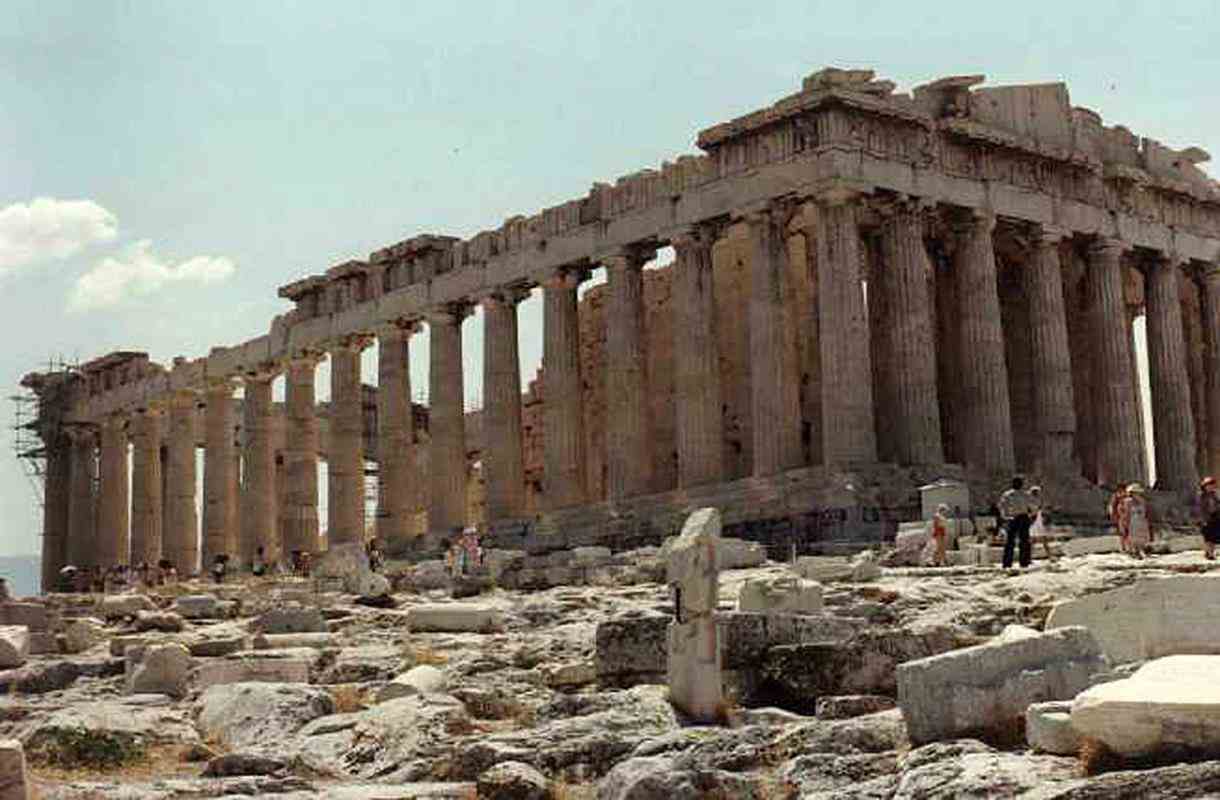
To the north ofThe Parthenon is The Erechthelon, immediately recognised by its much-photographed Caryatids,
the 6 large maidens who take the place of columns to support its southern portico.
The Erechthelon was dedicated to Athena and Poseidon and supposedly built on the spot where they competed for possession of ancient Athens.
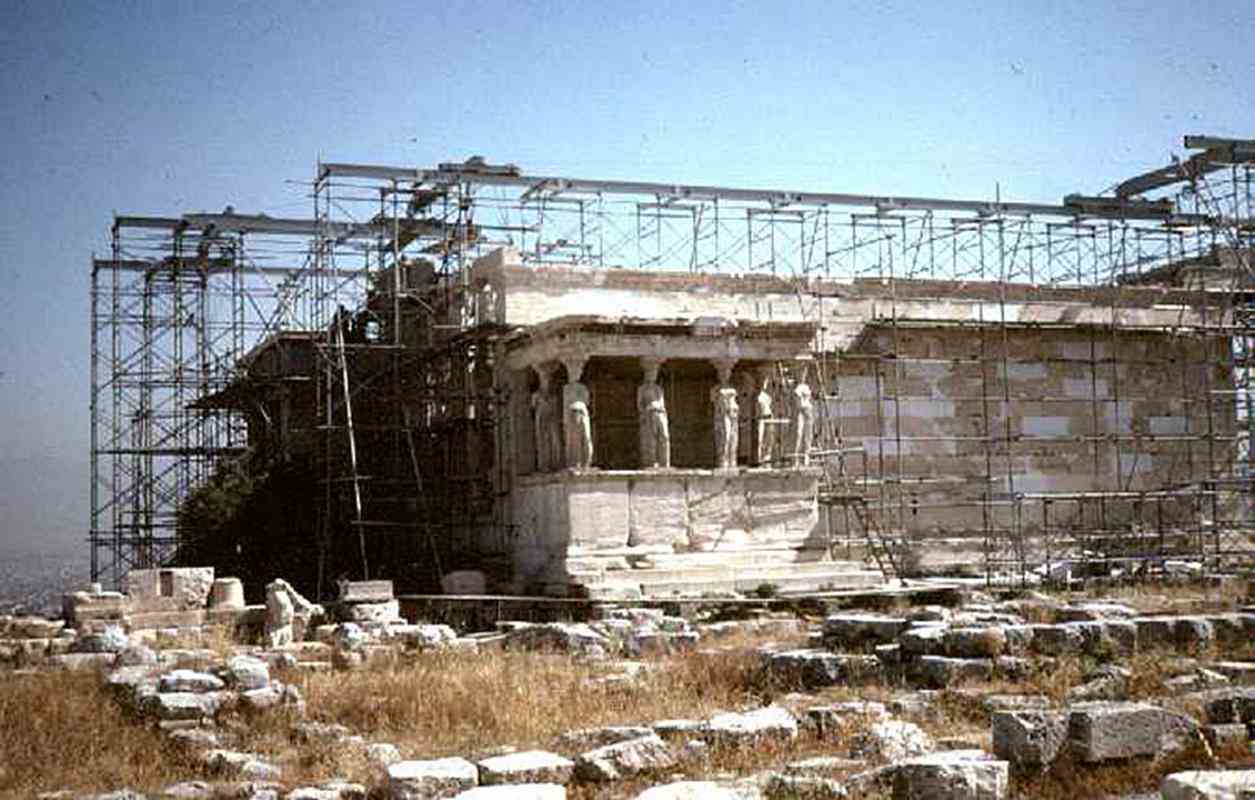
The Parthenon remained well preserved until 1687 when a Venetian bombardment exploded a Turkish powder magazine inside it.

The colonnade, consisting of 8 columns on the east and west and 17 on the north and south, encloses a walled interior rectangular chamber,
or cella, originally divided into three aisles by two smaller Doric colonnades.
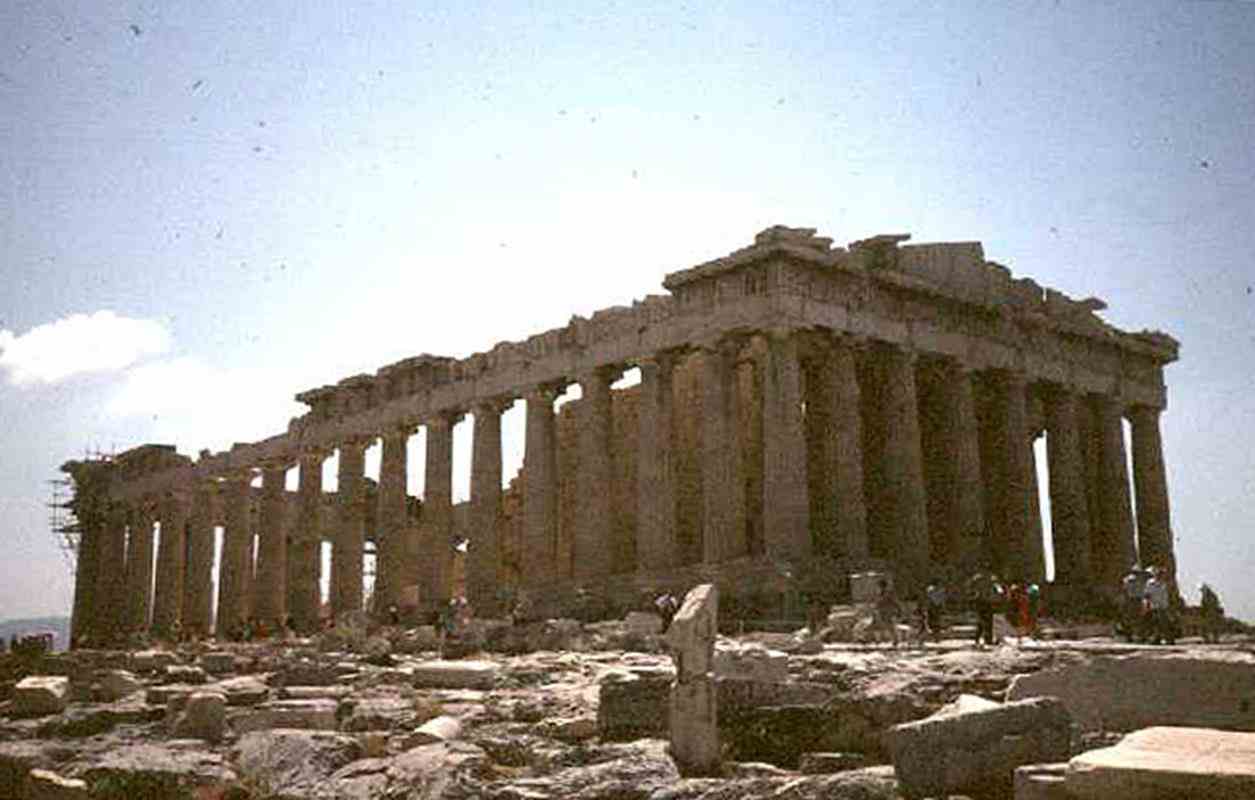
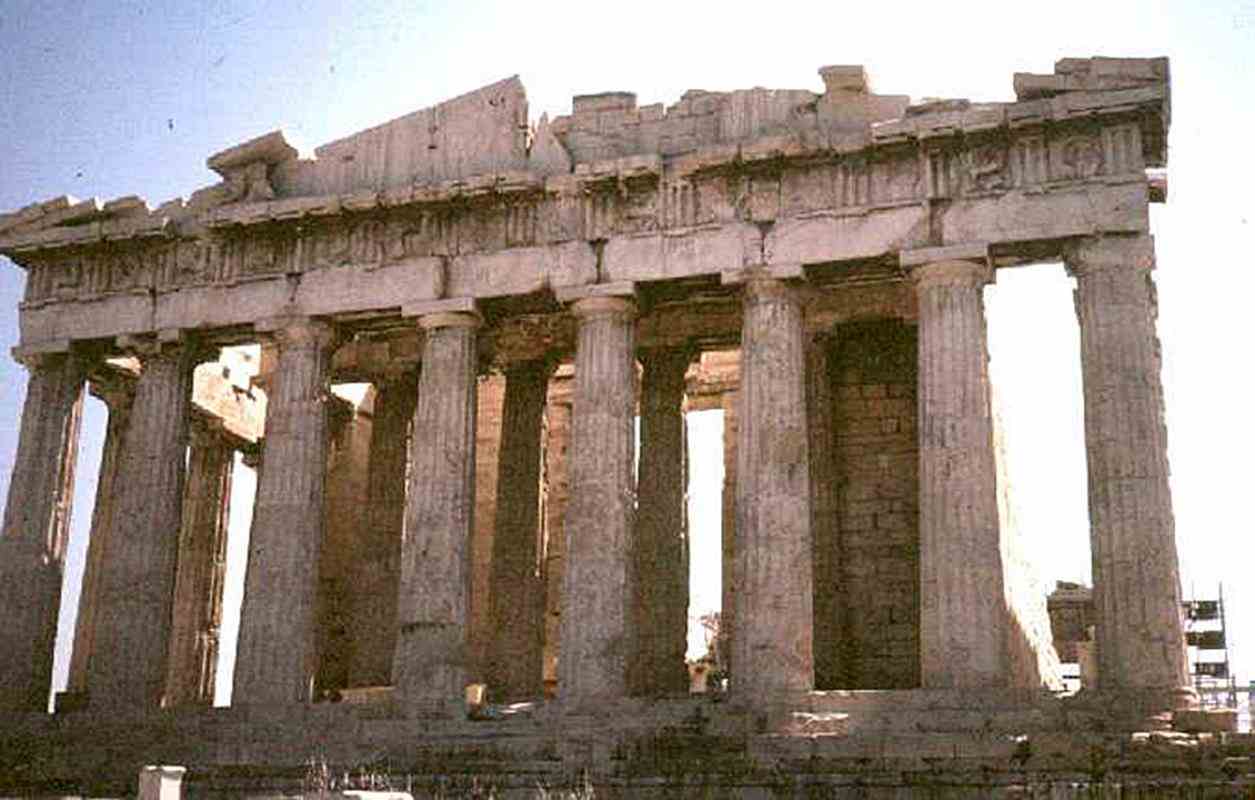
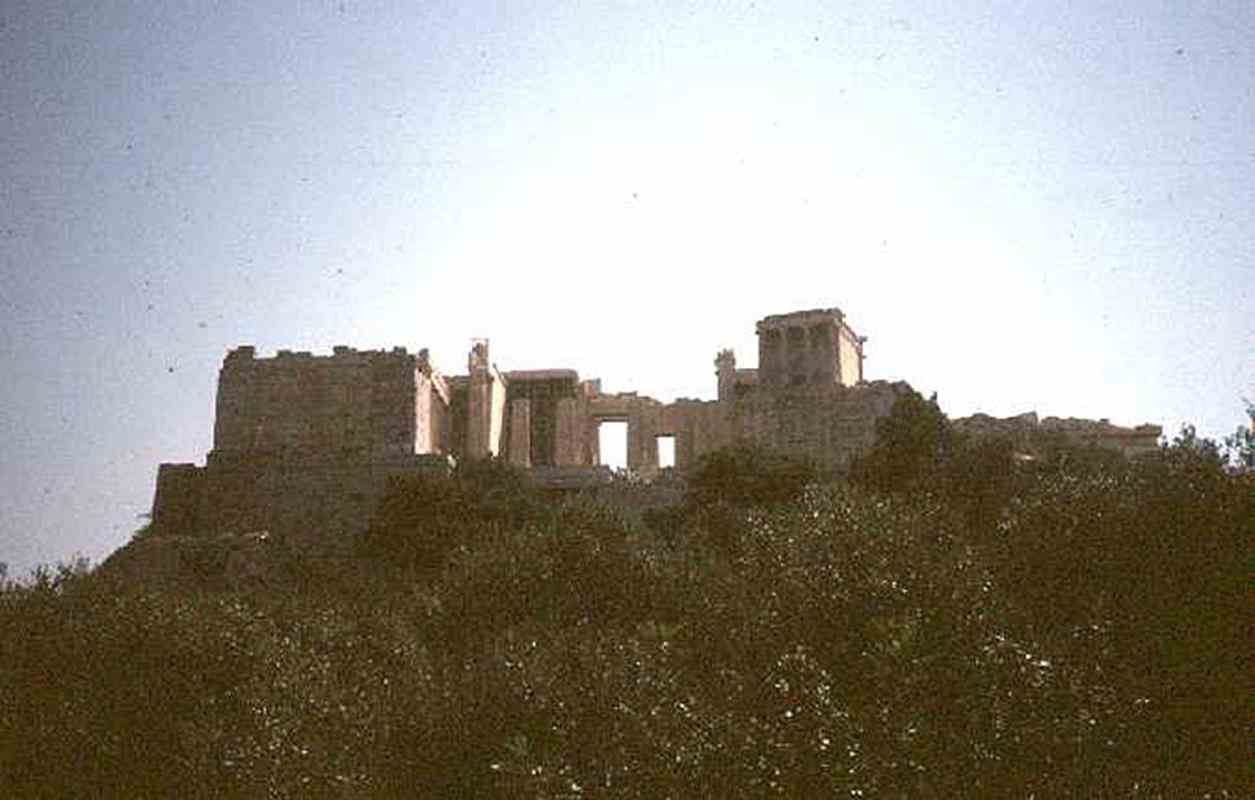
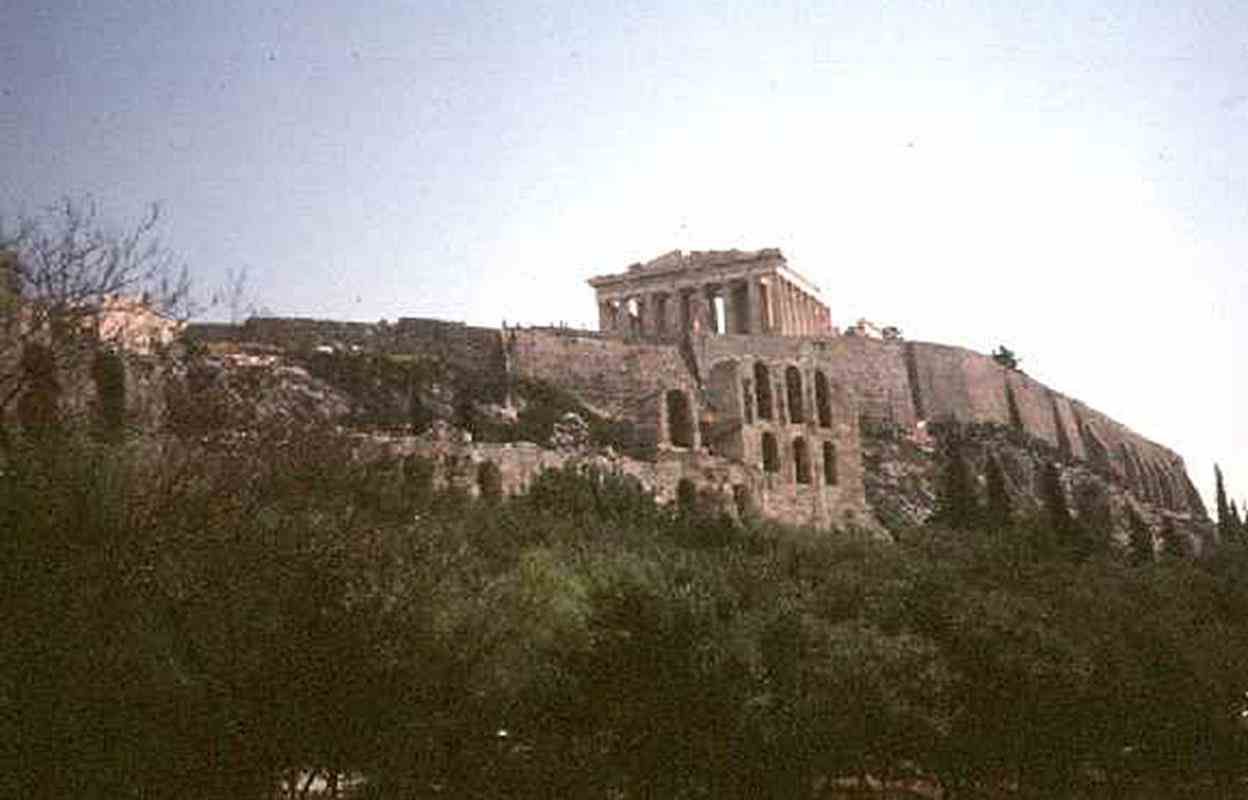
Overlooking the Temple of the Olympian Zeus from The Acropolis.
Zeus was the head god of all the Greek gods.
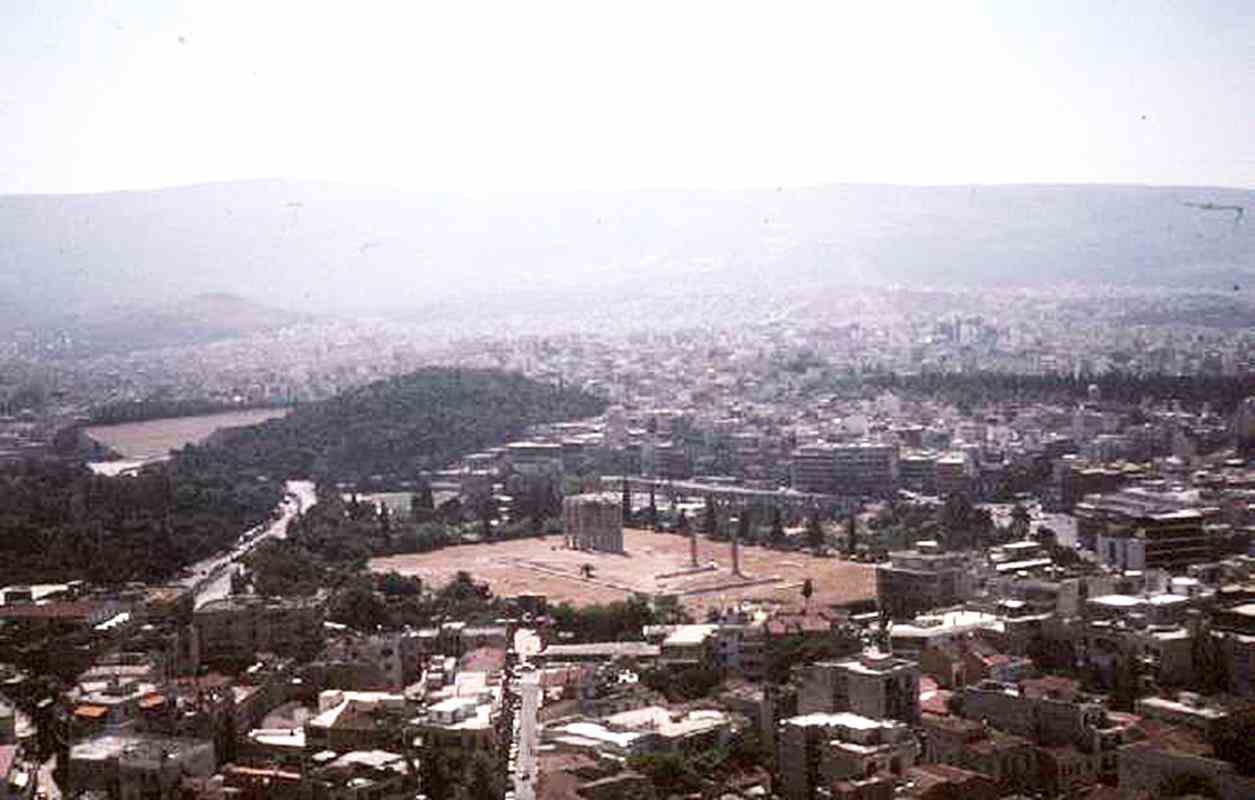
Looking across Athens to Mt. Likavittos from The Acropolis.
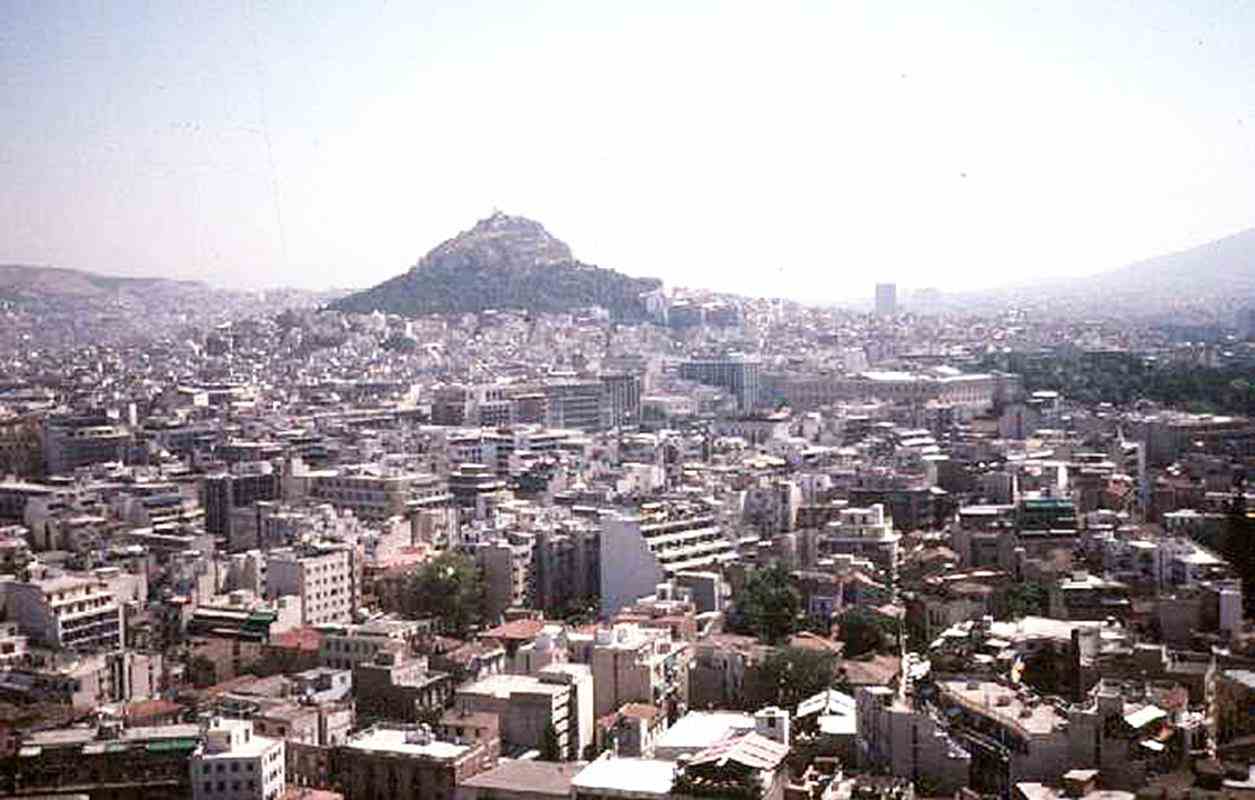

Looking down on the Theatre of Dionysos from The Acropolis. The oldest of all known theatres in the world.
Here the 4 greatest Ancient Greek poets, Aeschylos, Aristophanes, Euripides and Sophokles,
saw their plays being performed for the first time in the 5th century BC.
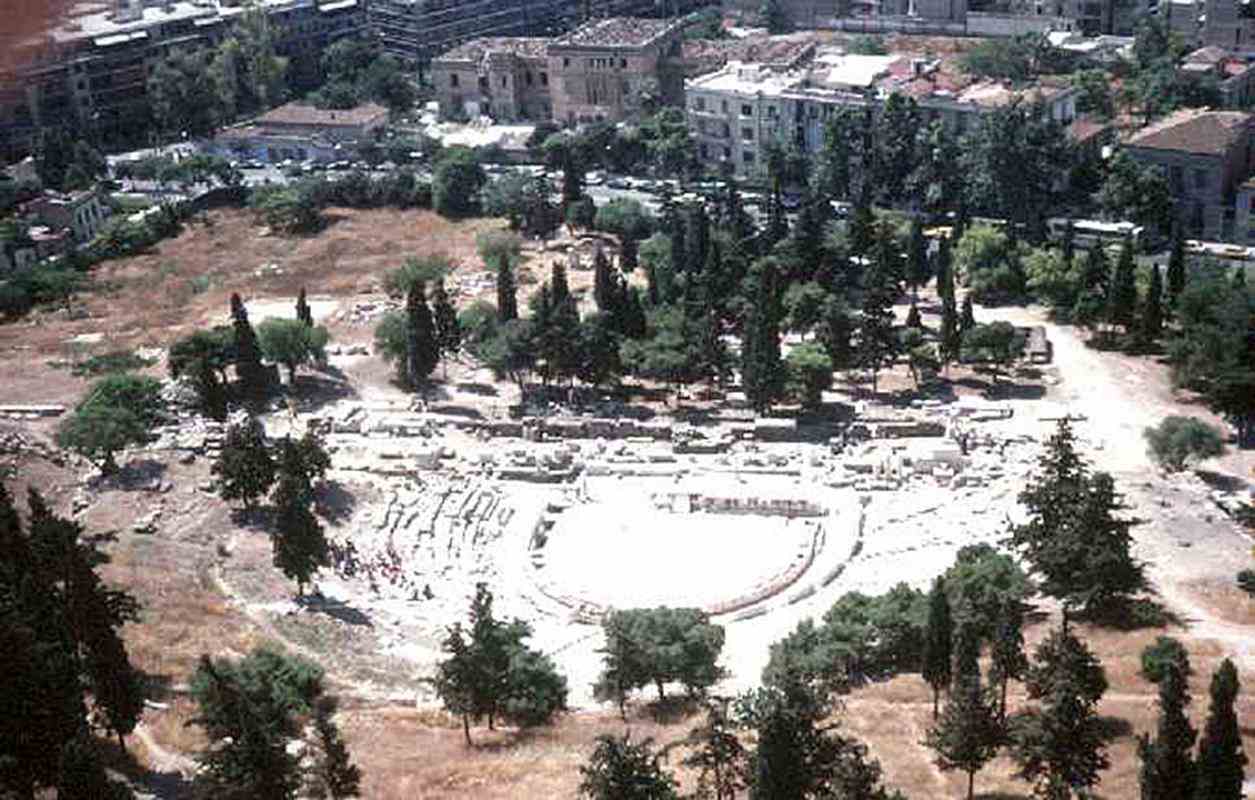
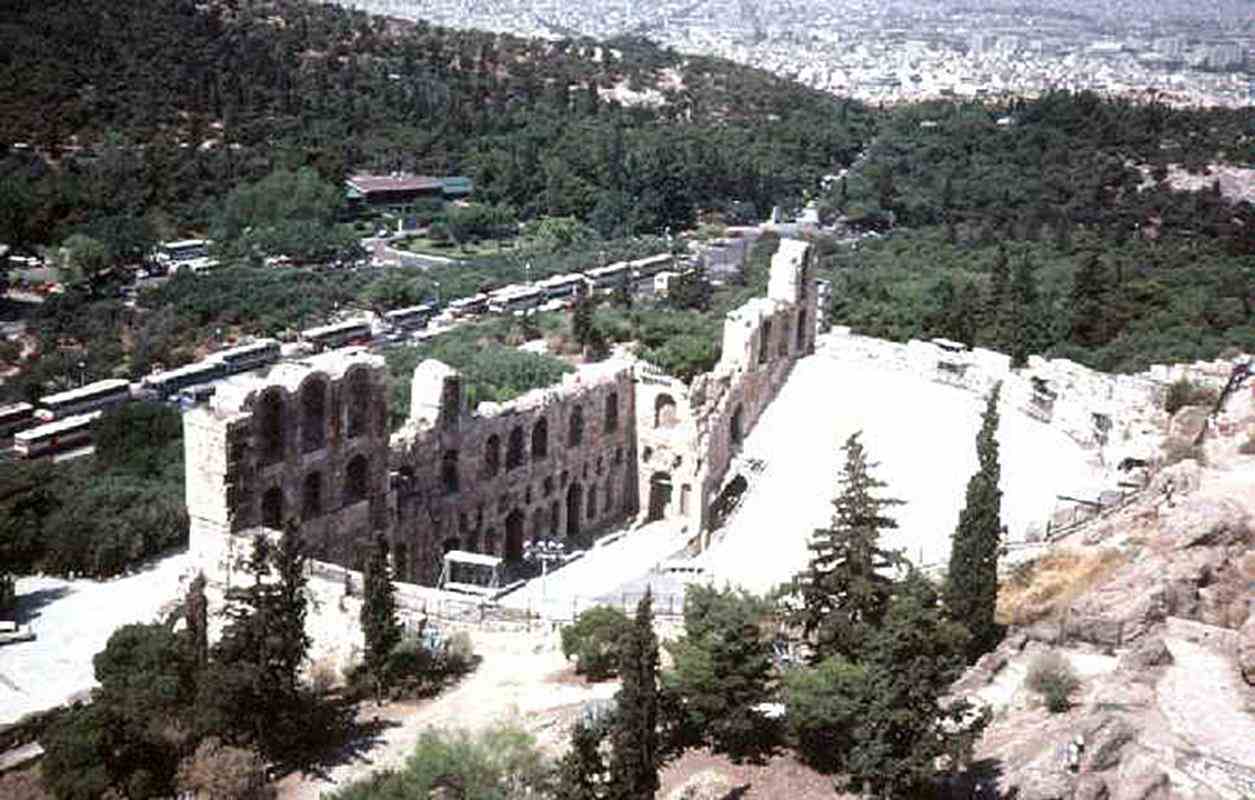
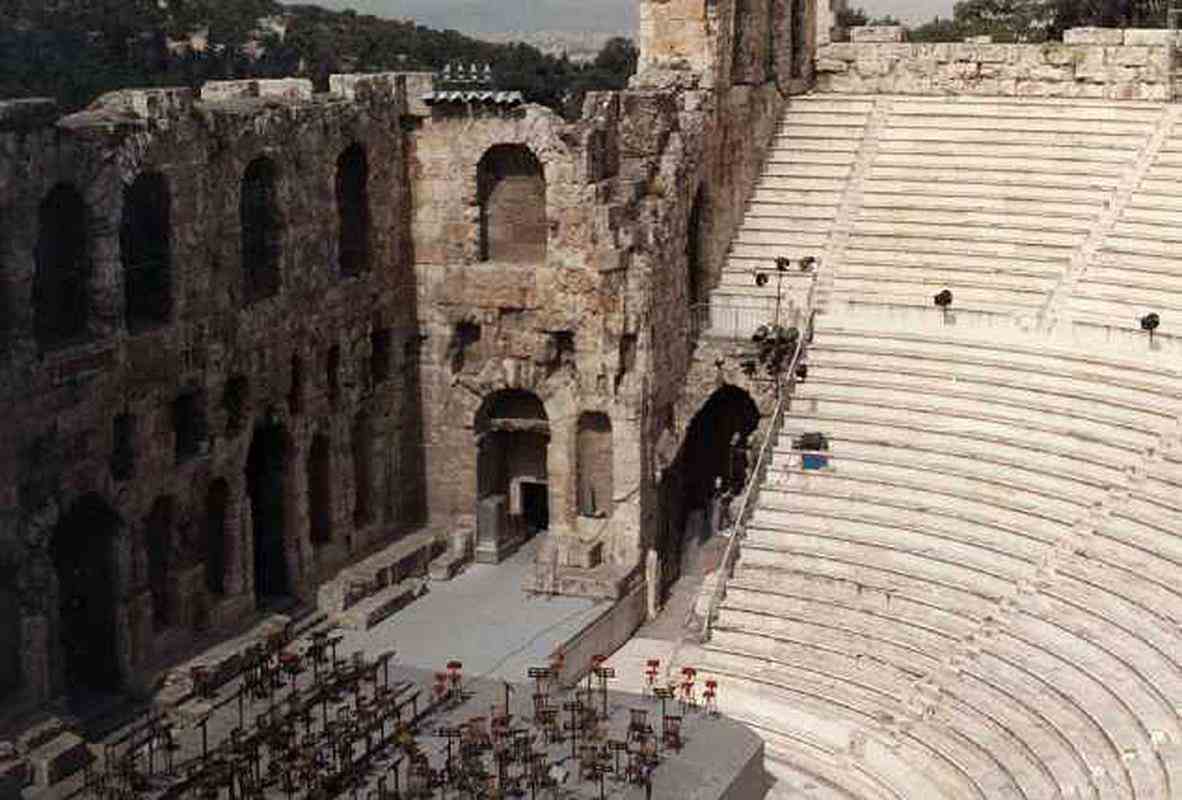
Looking over the Ancient Agora from The Acropolis. It was the commercial centre of ancient Athens as well as its political, cultural and religious centre.
This is where Athenians gathered on a daily basis to buy and sell, to learn the news and to criticise the government.
The Theseion dedicated to the god Hephaisteion is the building near the western boundary.
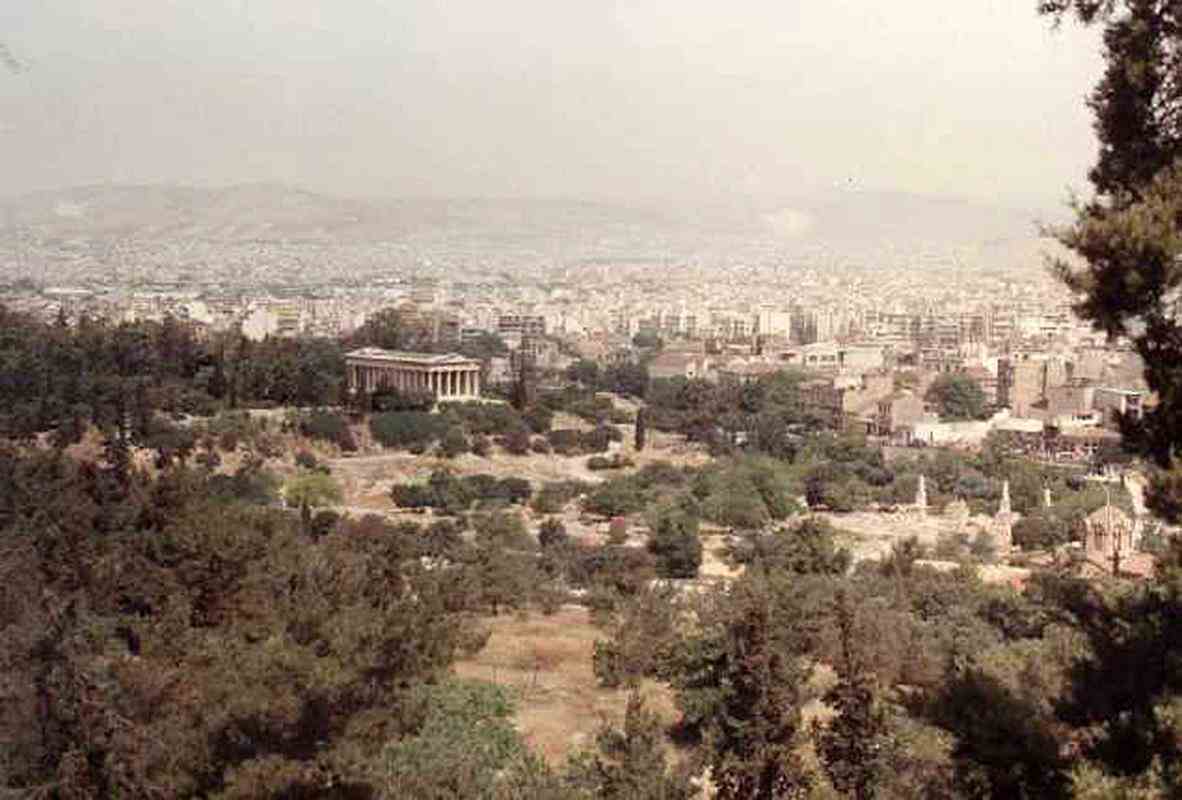
Cape Sounion
About 70km south-east of Athens, Cape Sounion is noted for its Temple of Poseidon, one of the major monuments of the Golden Age of Athens.
Its remains are perched on the headland, surrounded on three sides by the sea.
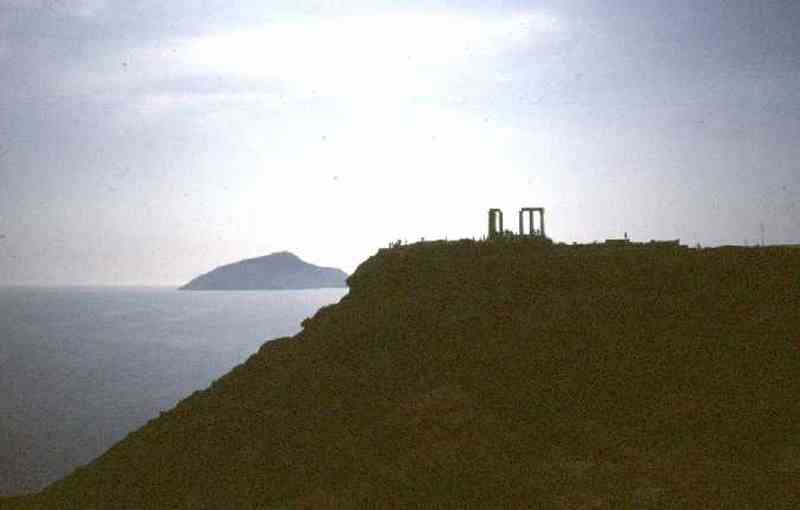
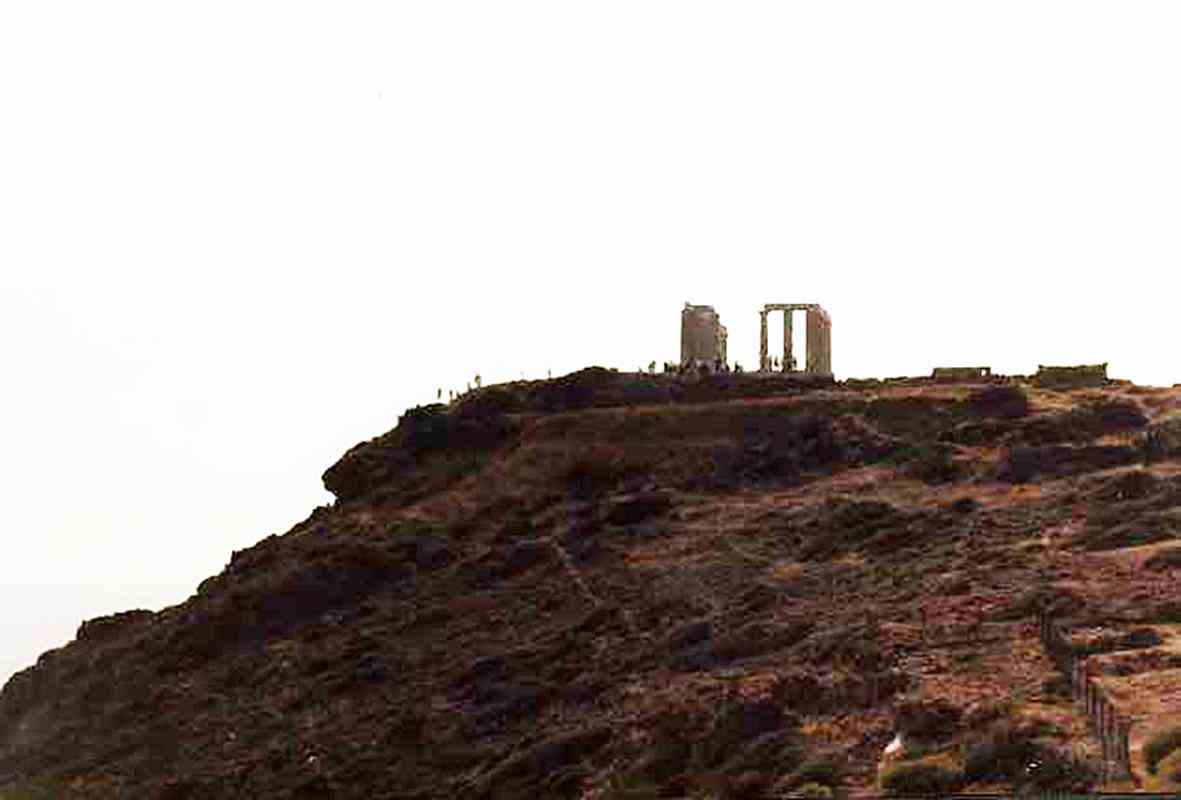
The Temple of Poseidon at Cape Sounion. This is the place where the ancient Greeks worshipped their mighty god of the sea, Poseidon.
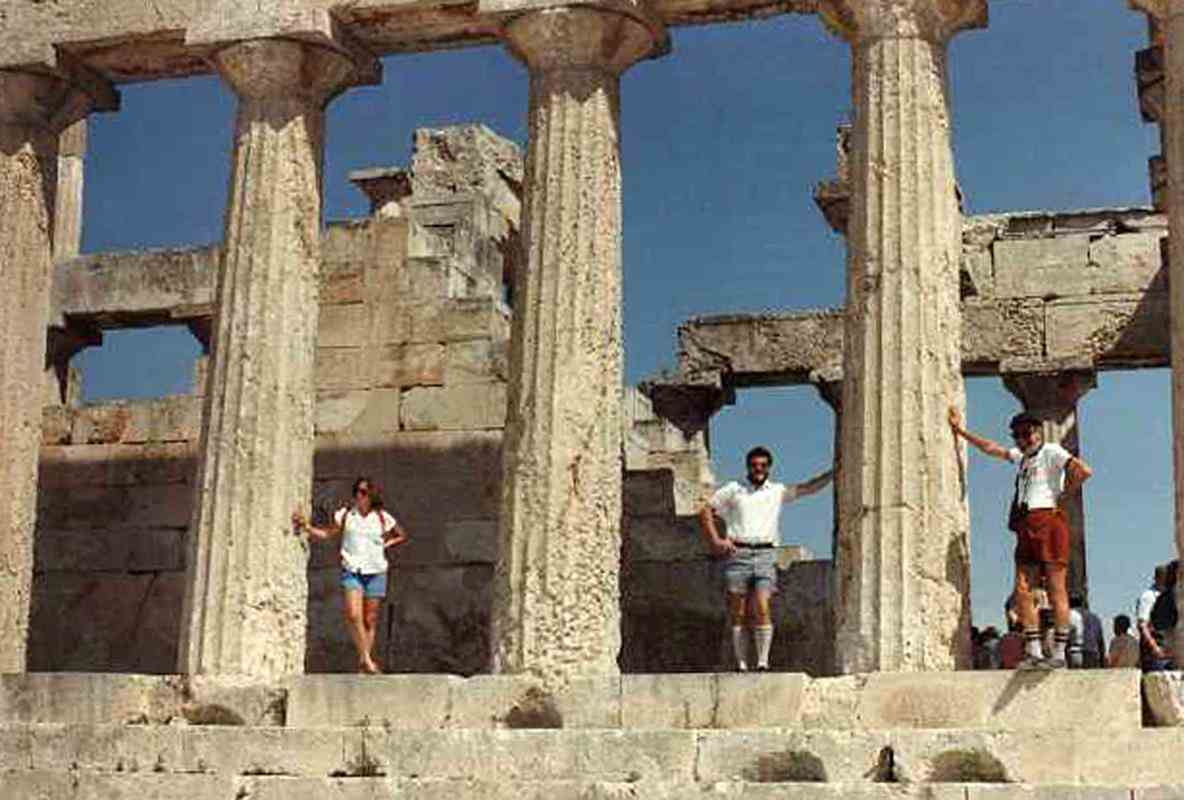
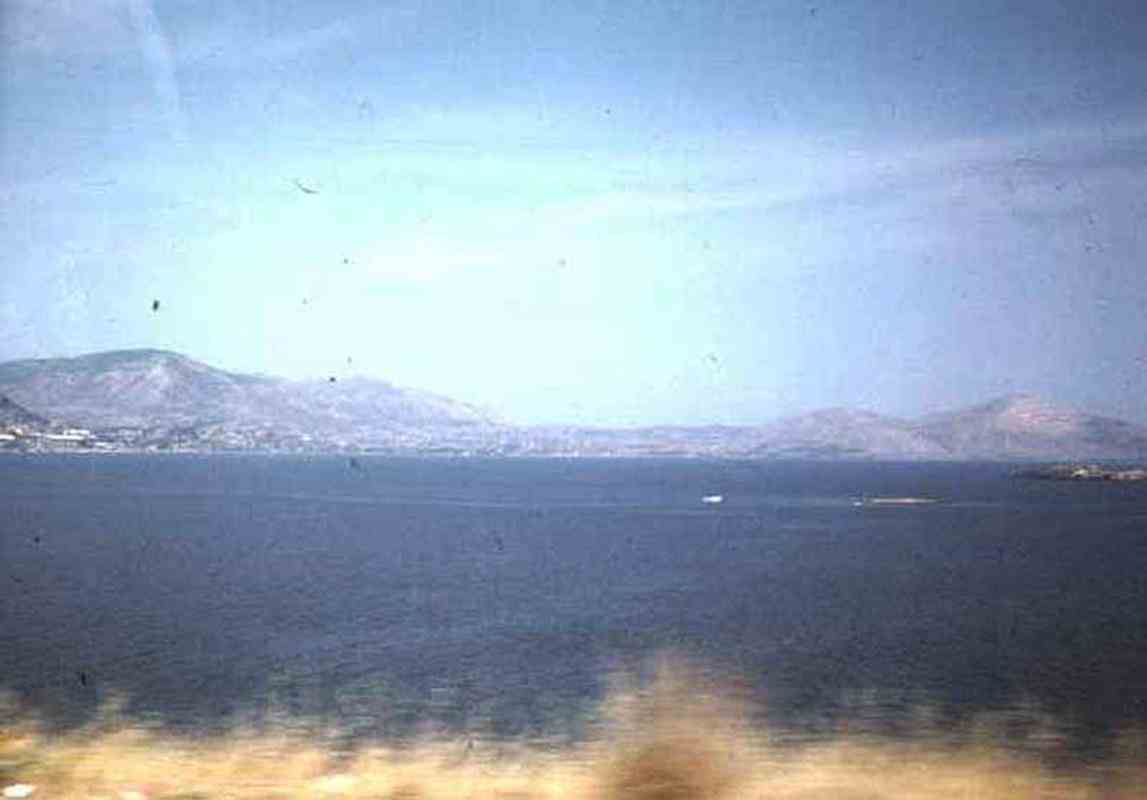
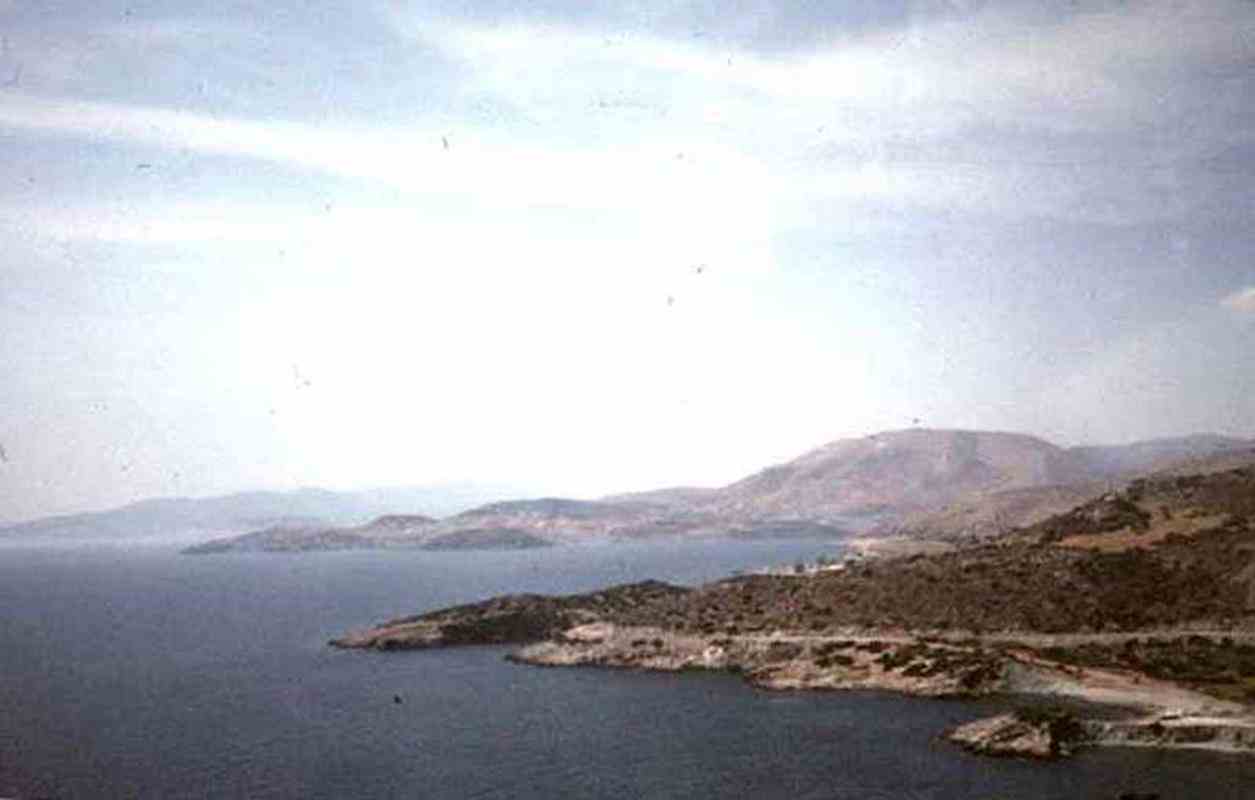
Byron has carved his initials on one of the pillars.
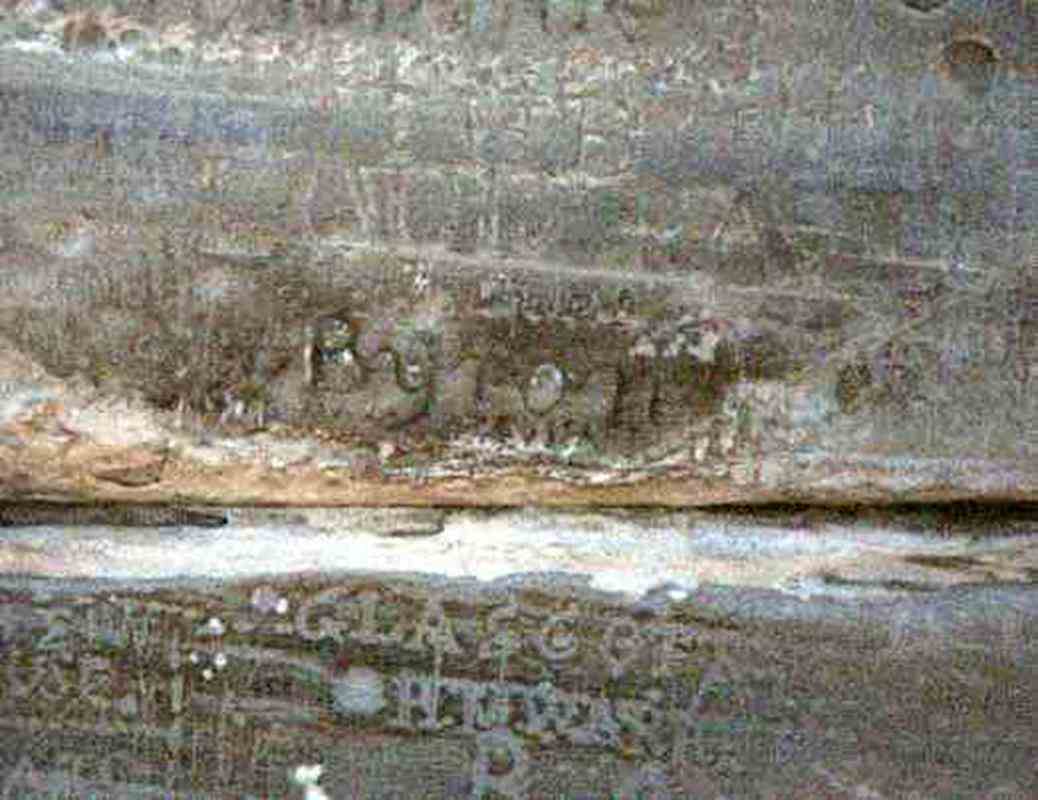
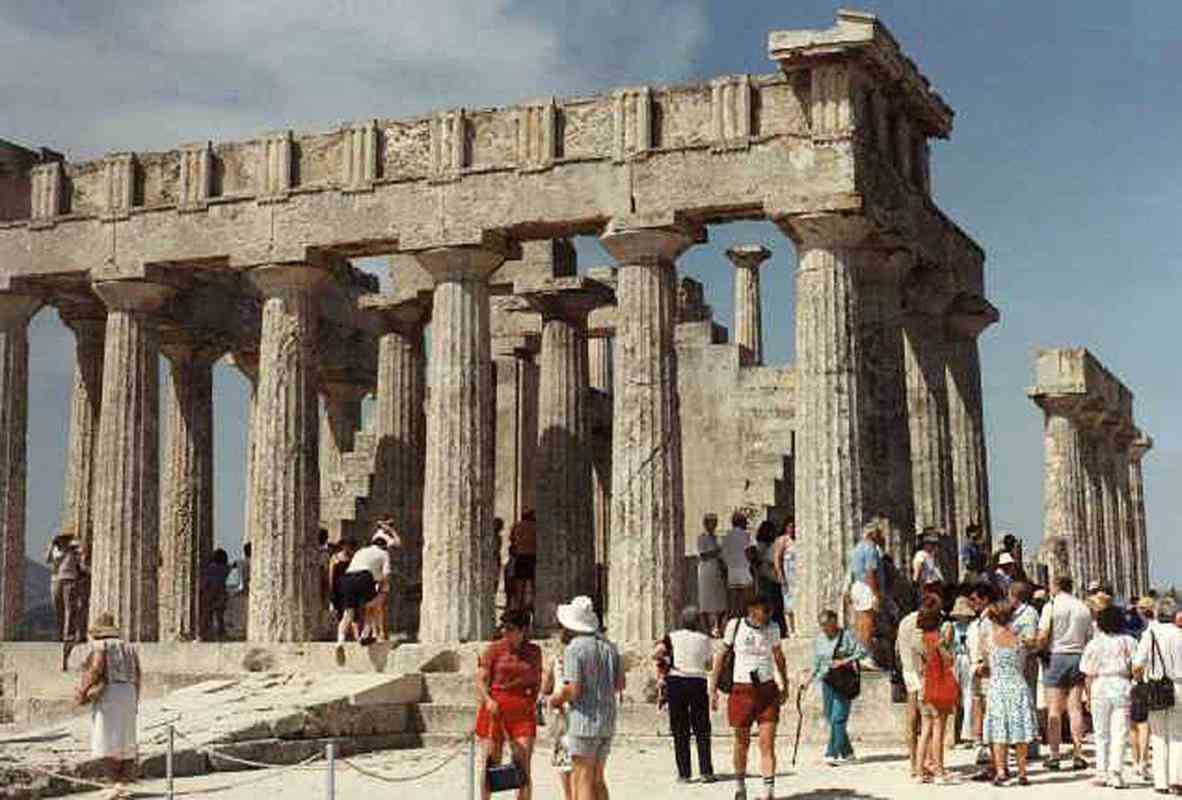
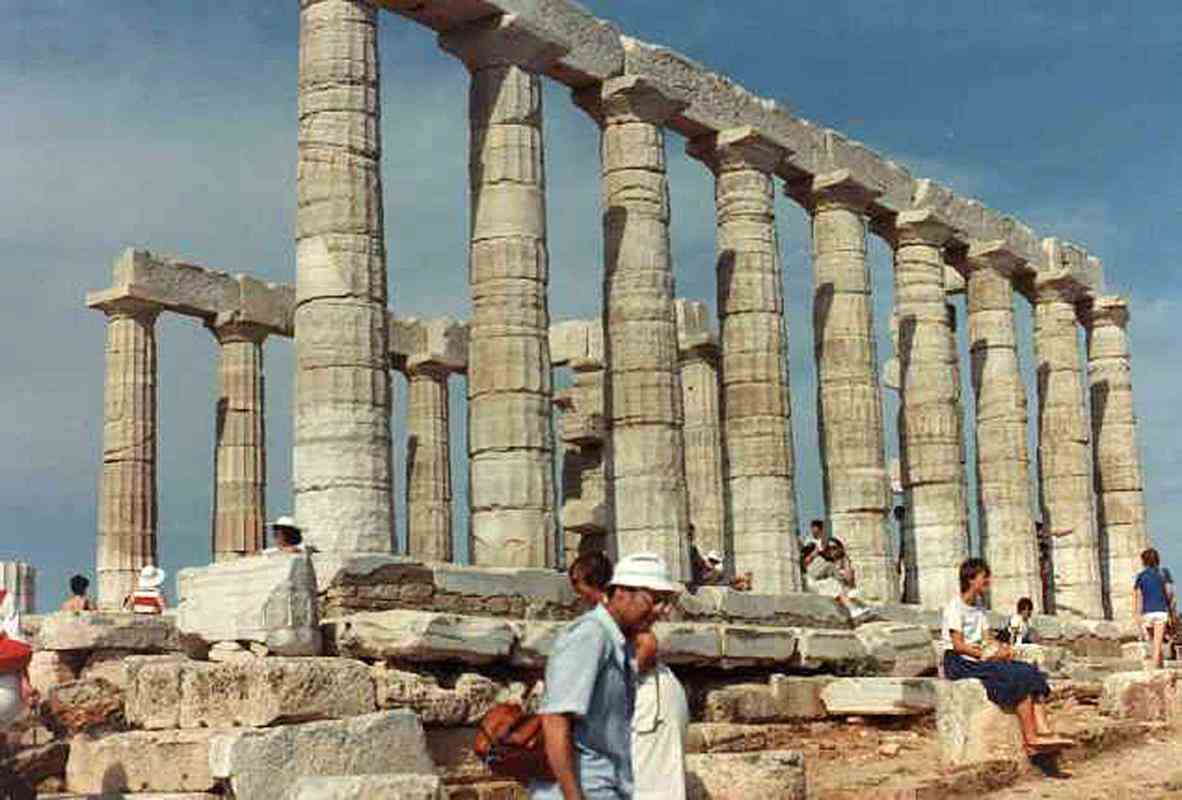
We went on a one-day cruise to three islands - Aegina, Poros and Hydra.
An ass on the island of Poros.
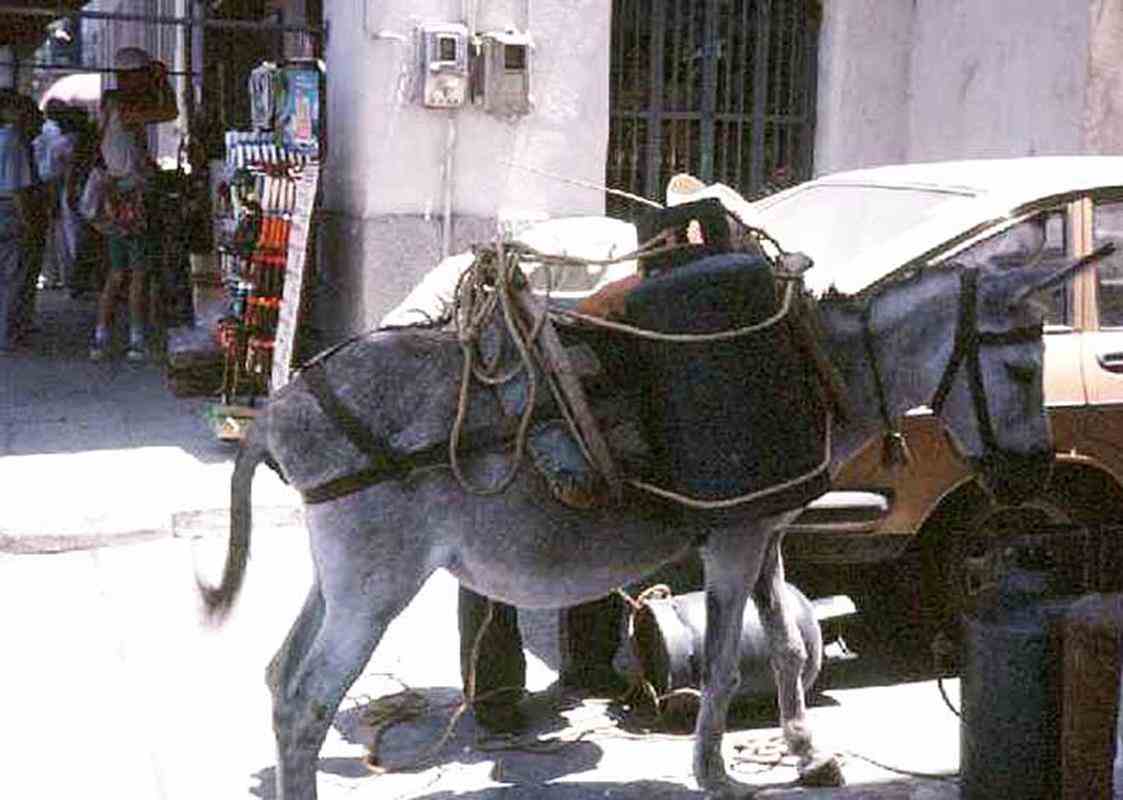
Aegina
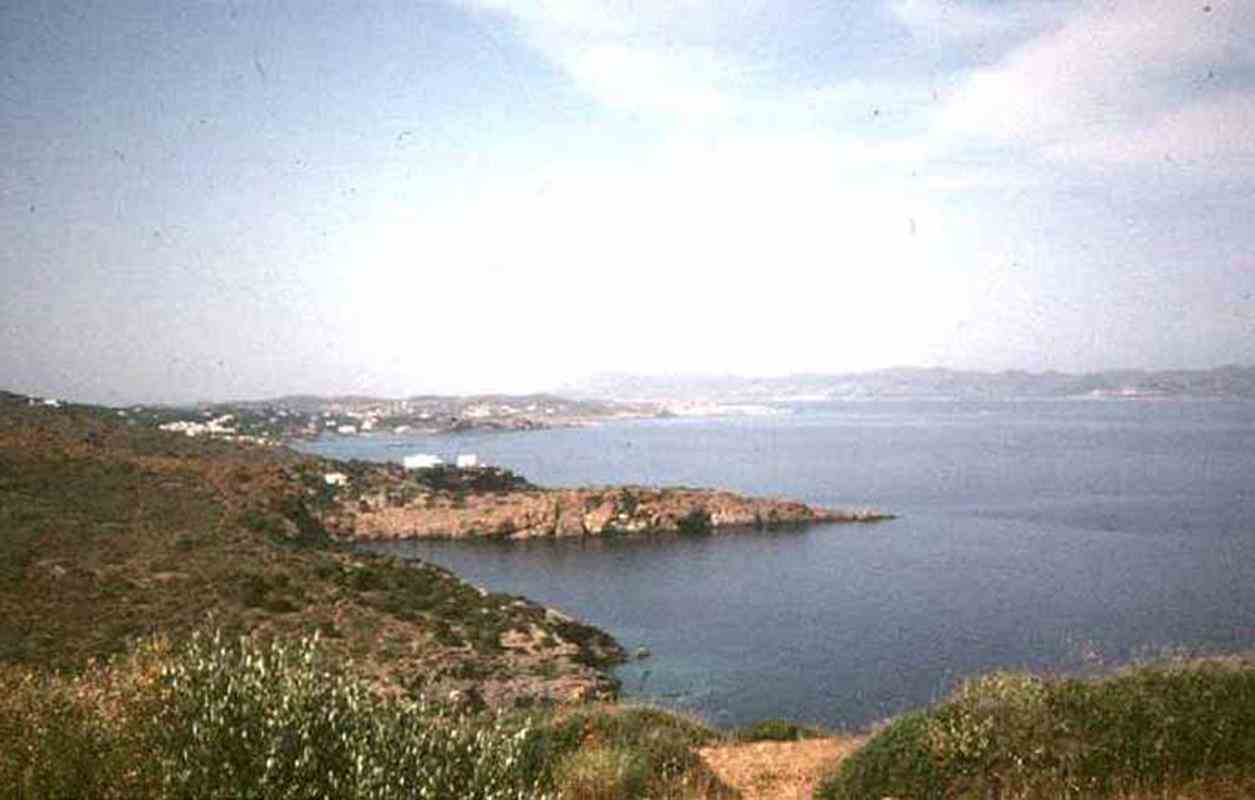
Temple of Apahia (Goddess of light) on Aegina.
Made of limestone it was built 50 years before the Parthenon. The Parthenon was modelled on it.
25 statues from this temple are in a museum in Munich. Our humorous guide called them the 25 ambassadors of Aegina.
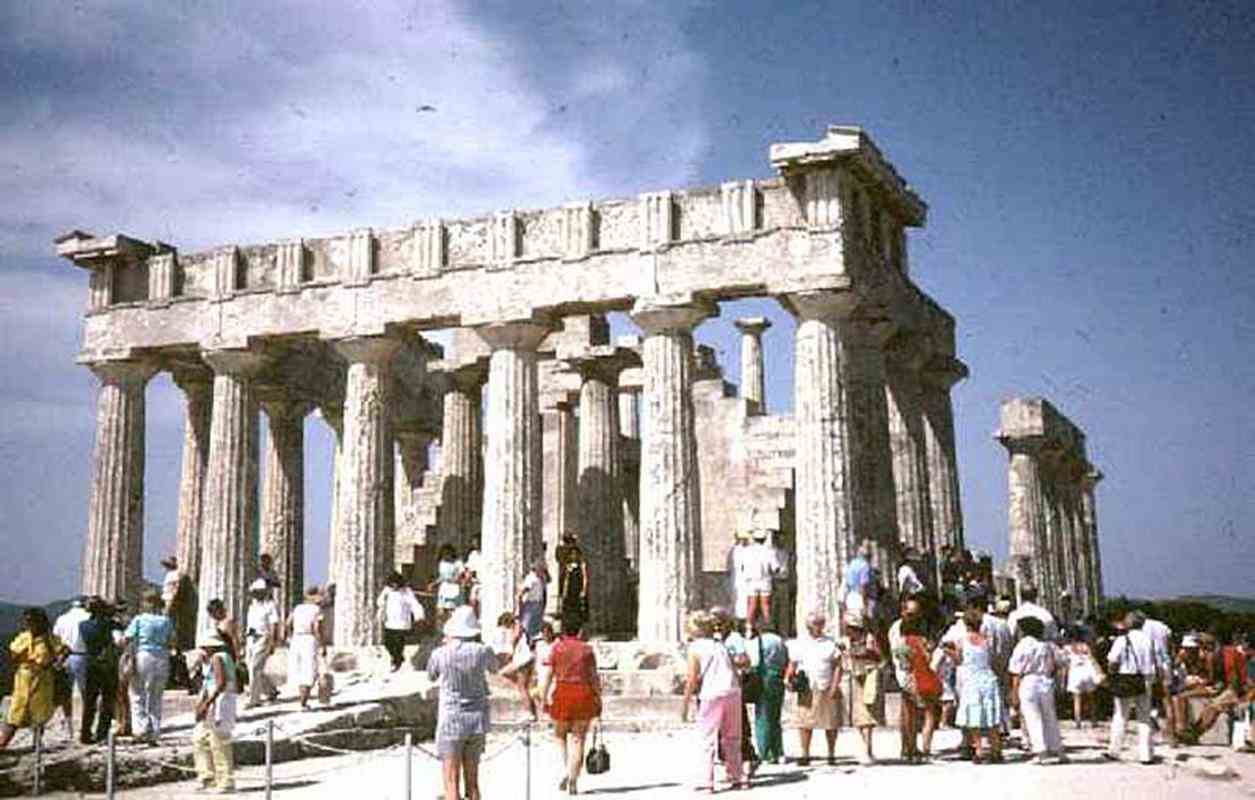
Aegina
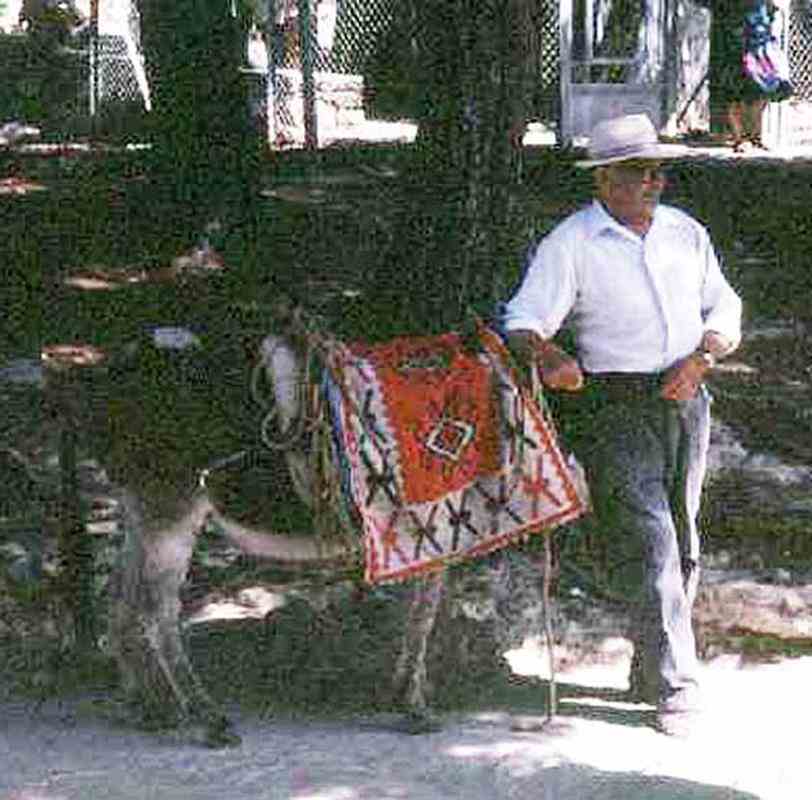
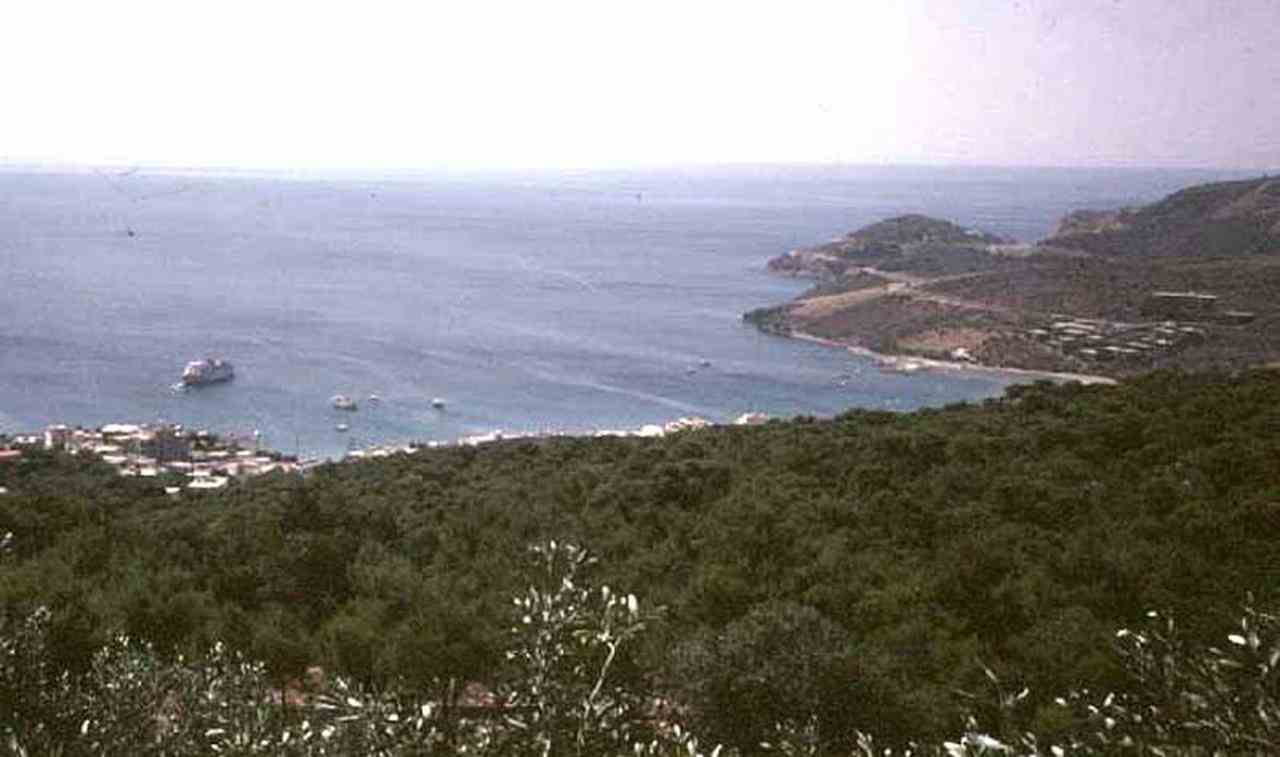
Poros
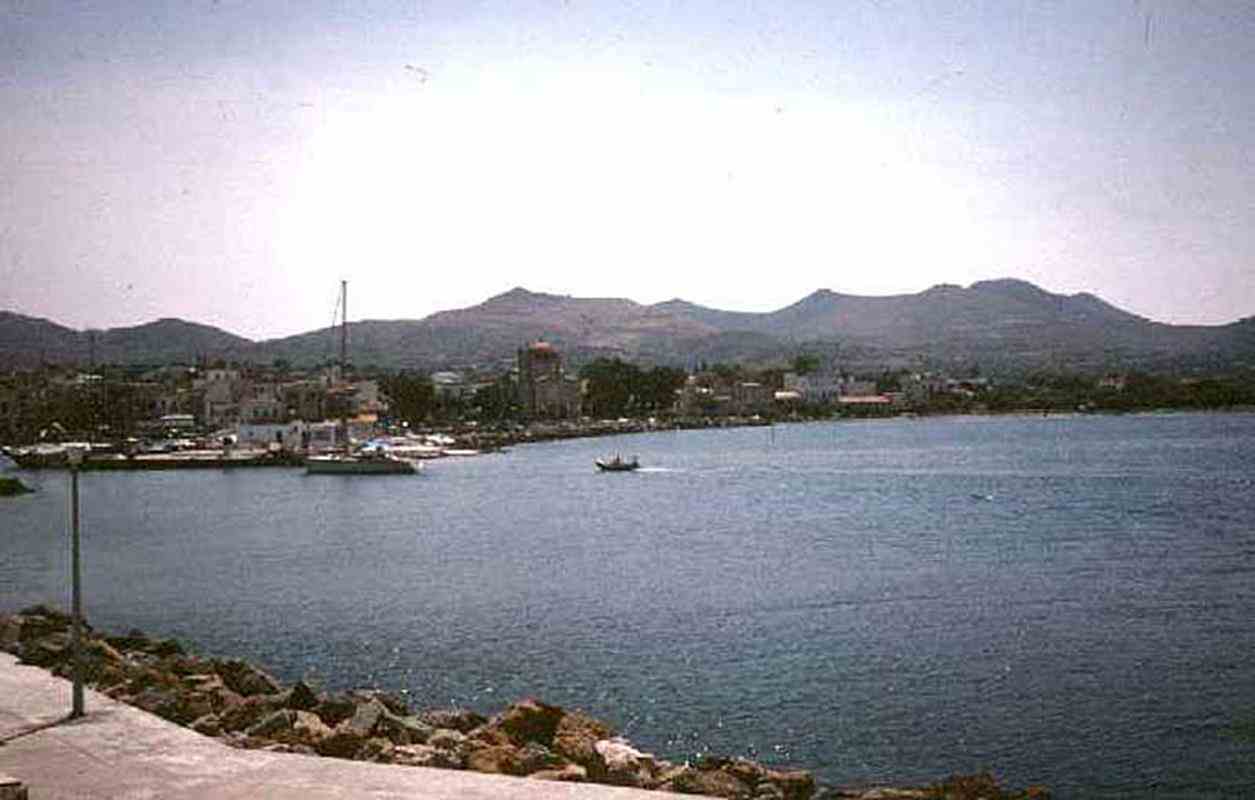
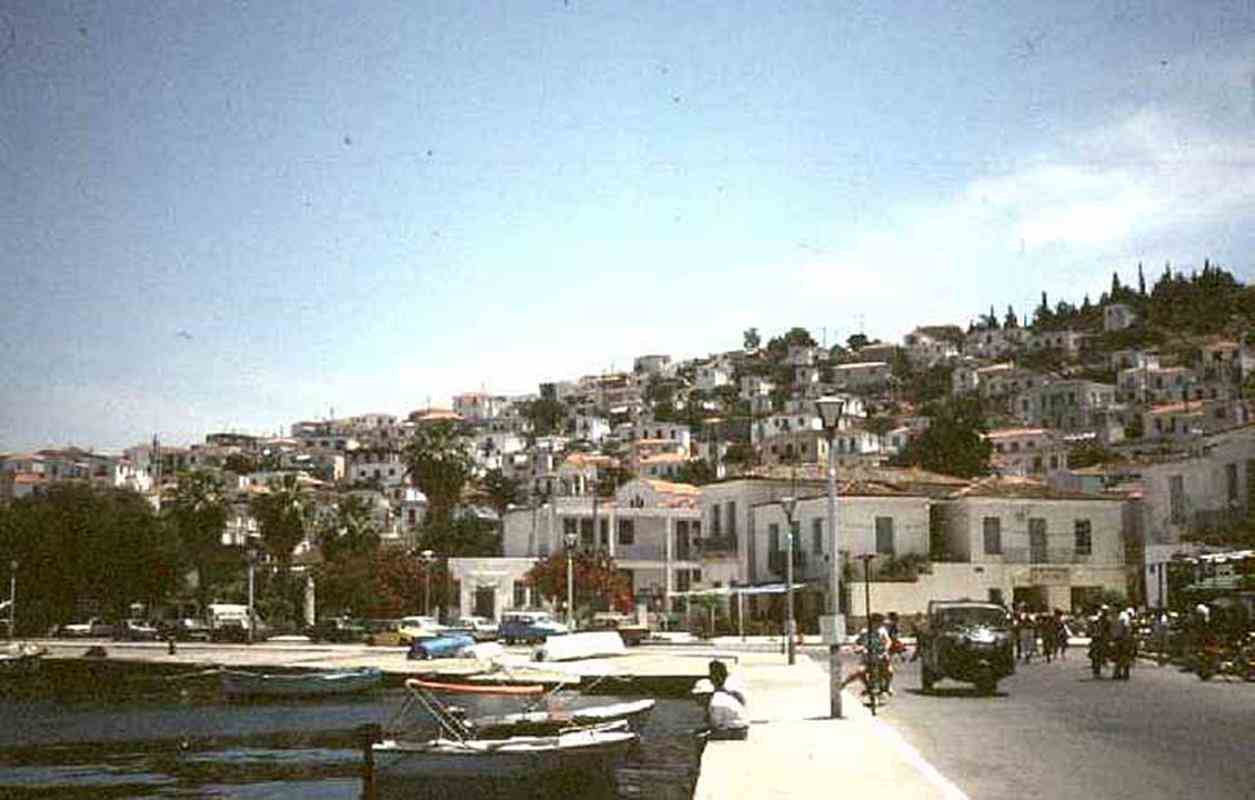
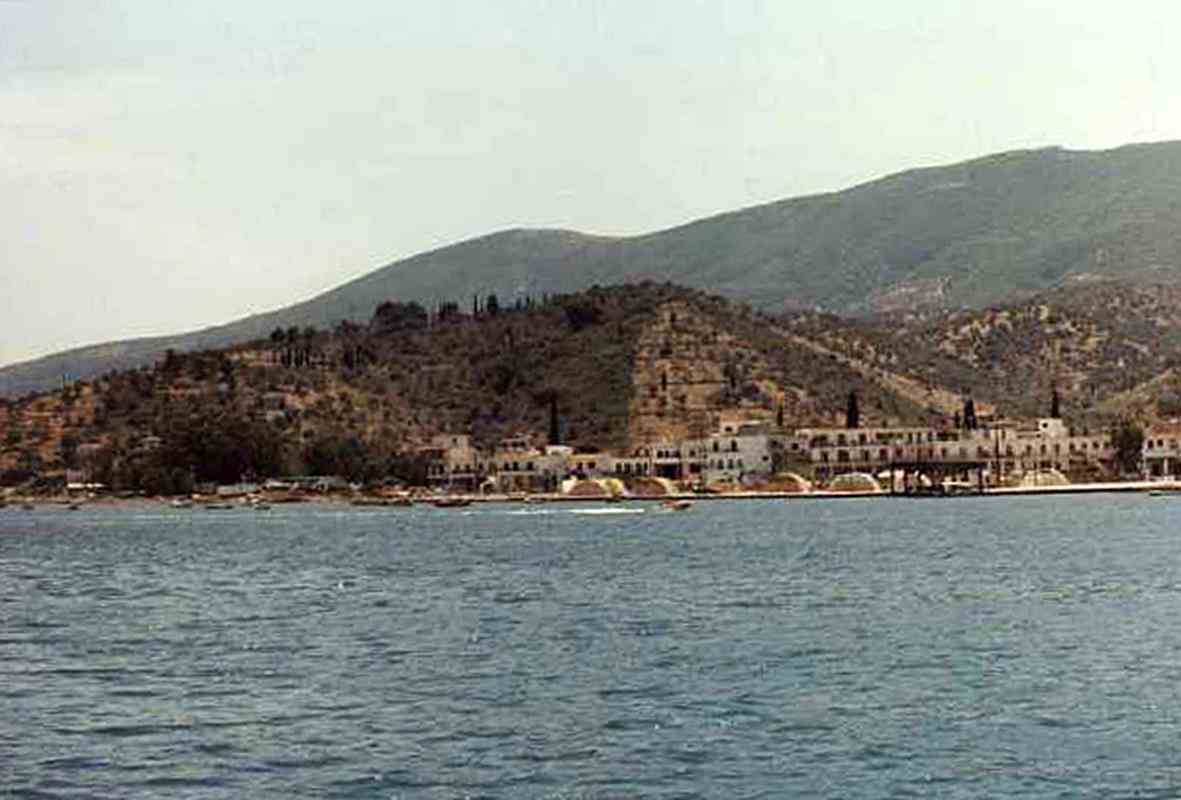
The ferry Hermes at Hydra.
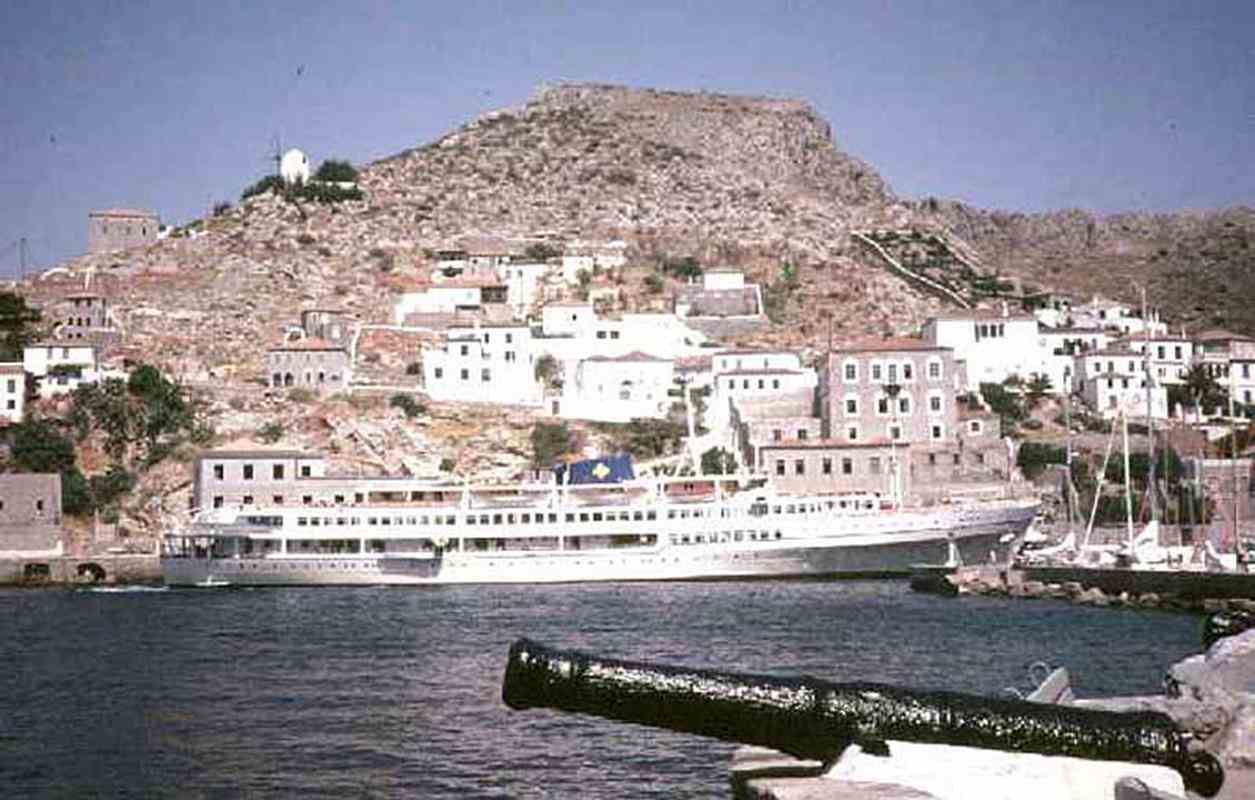
Hydra
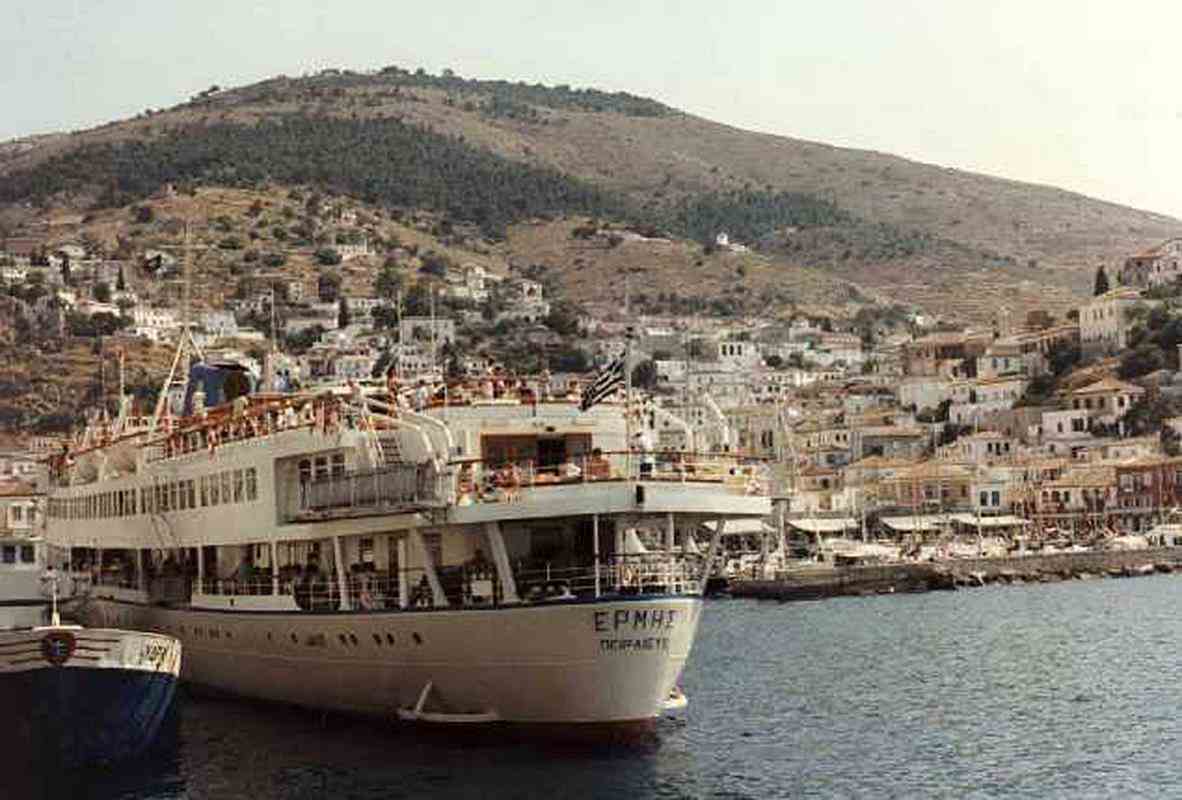
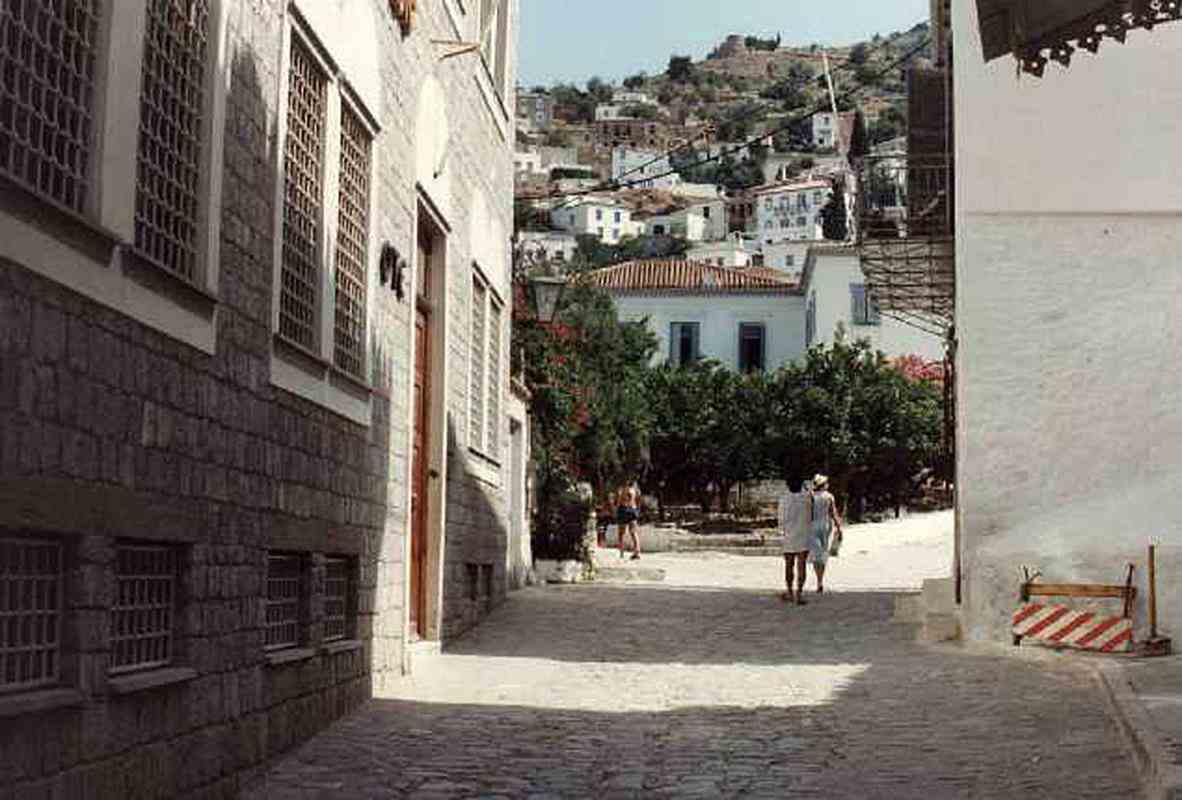
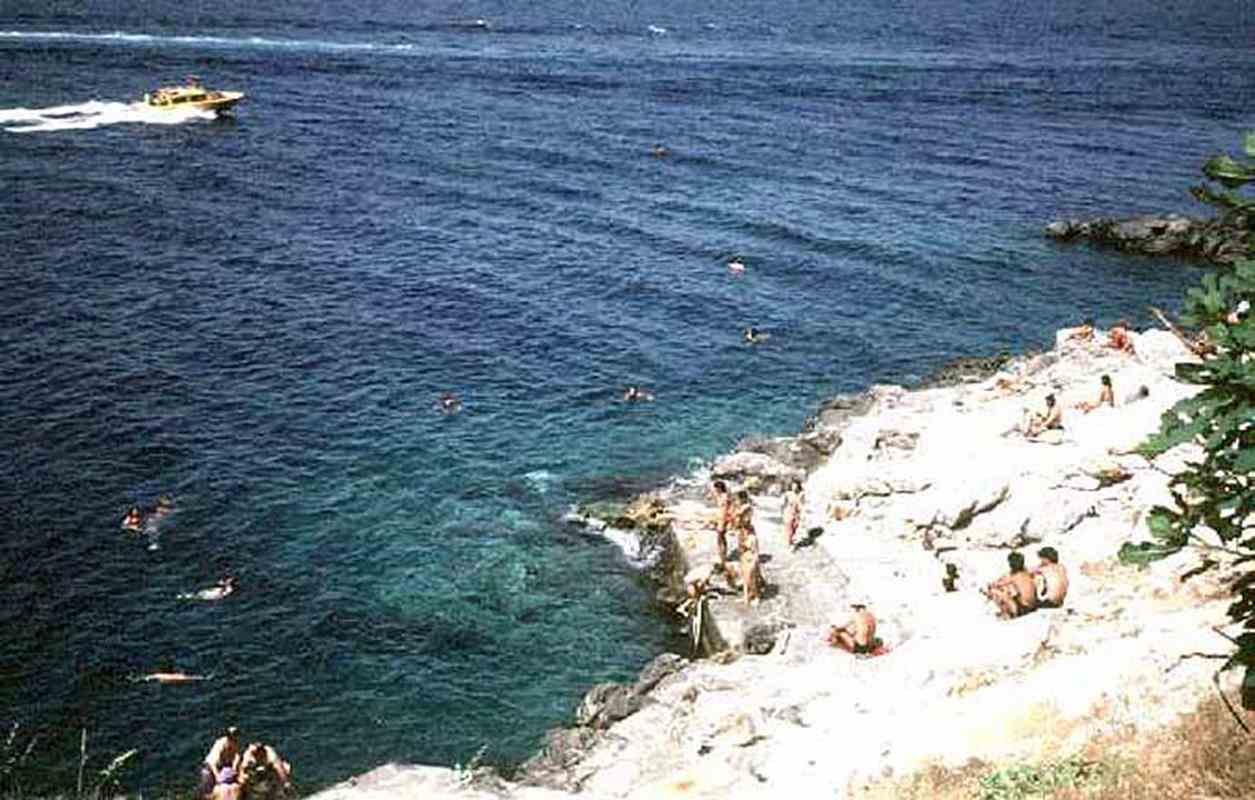
Coming back to Piraeus, the port of Athens, after a great 3 island cruise.
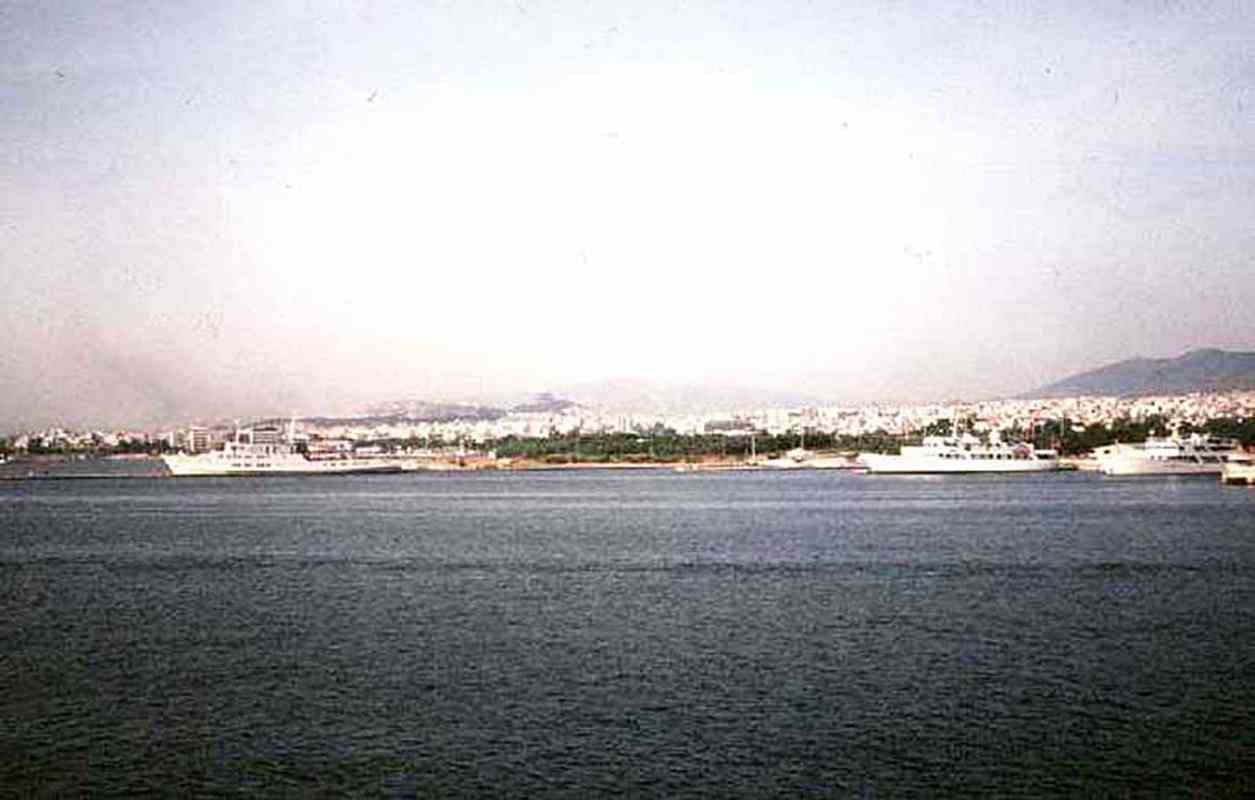
Athens
The Arch of Hadrian. Built in 131AD it was a gateway to the Temple of the Olympian Zeus.
It was across the road from my hotel.
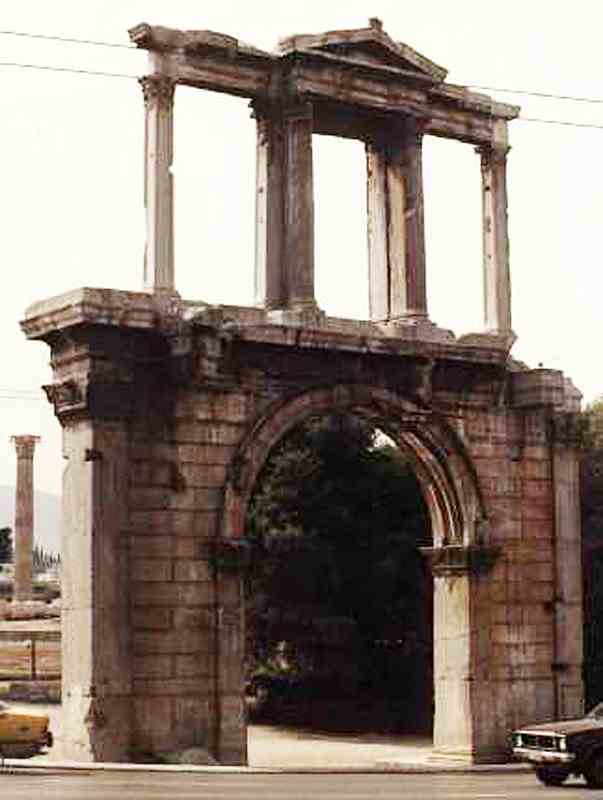
The Greek Parliament Building.
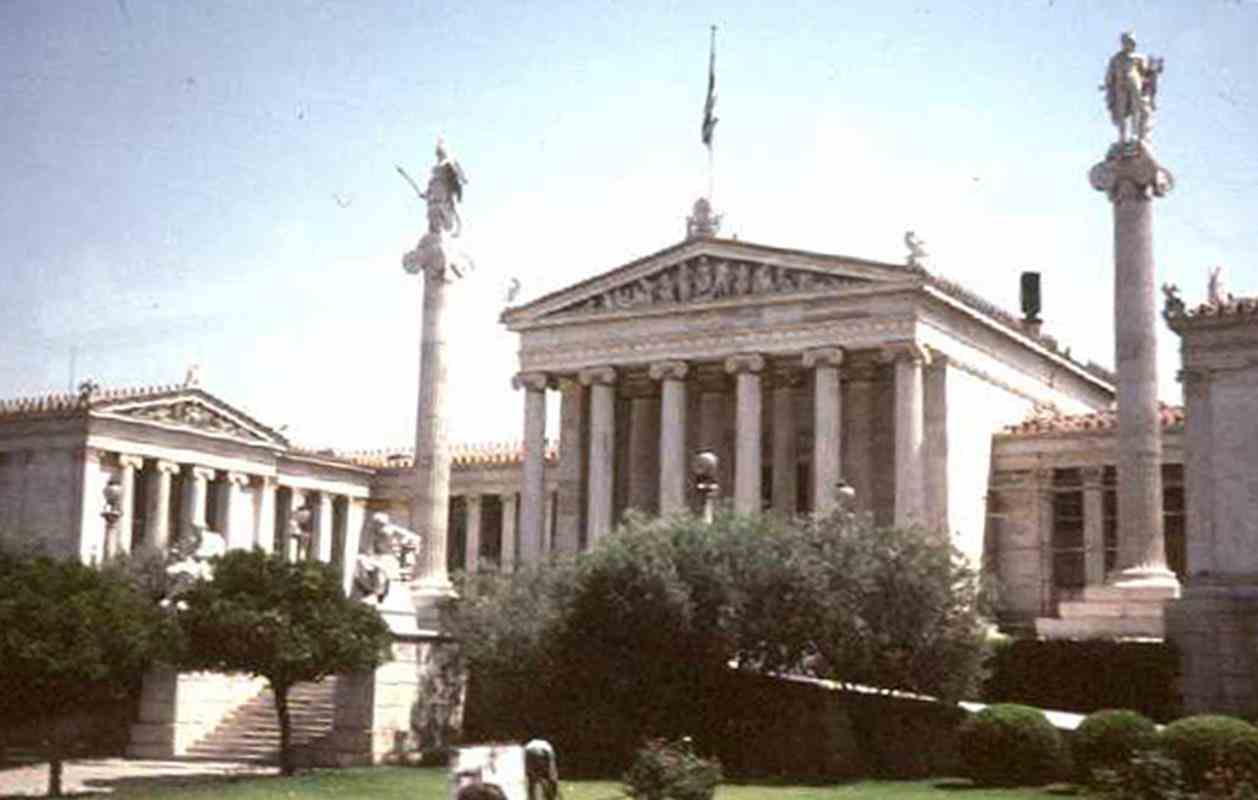
A traditionally costumed guard (Evzone) at the tomb of The Unknown Soldier in front of the Parliament building in Athens.
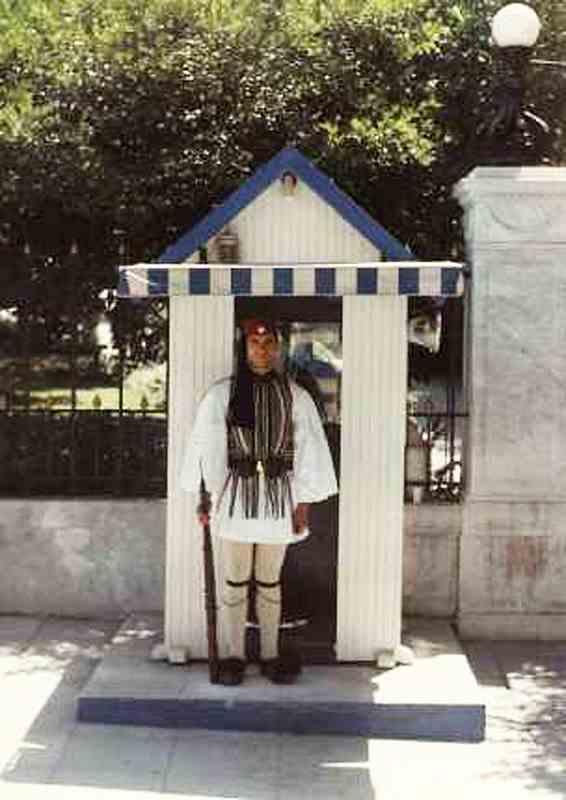
The Panathenaikon Stadium is a faithful replica of an ancient stadium on the site.
This marble stadium was built between 1869 and 1870 for the first Olympic Games held in modern times in 1896.
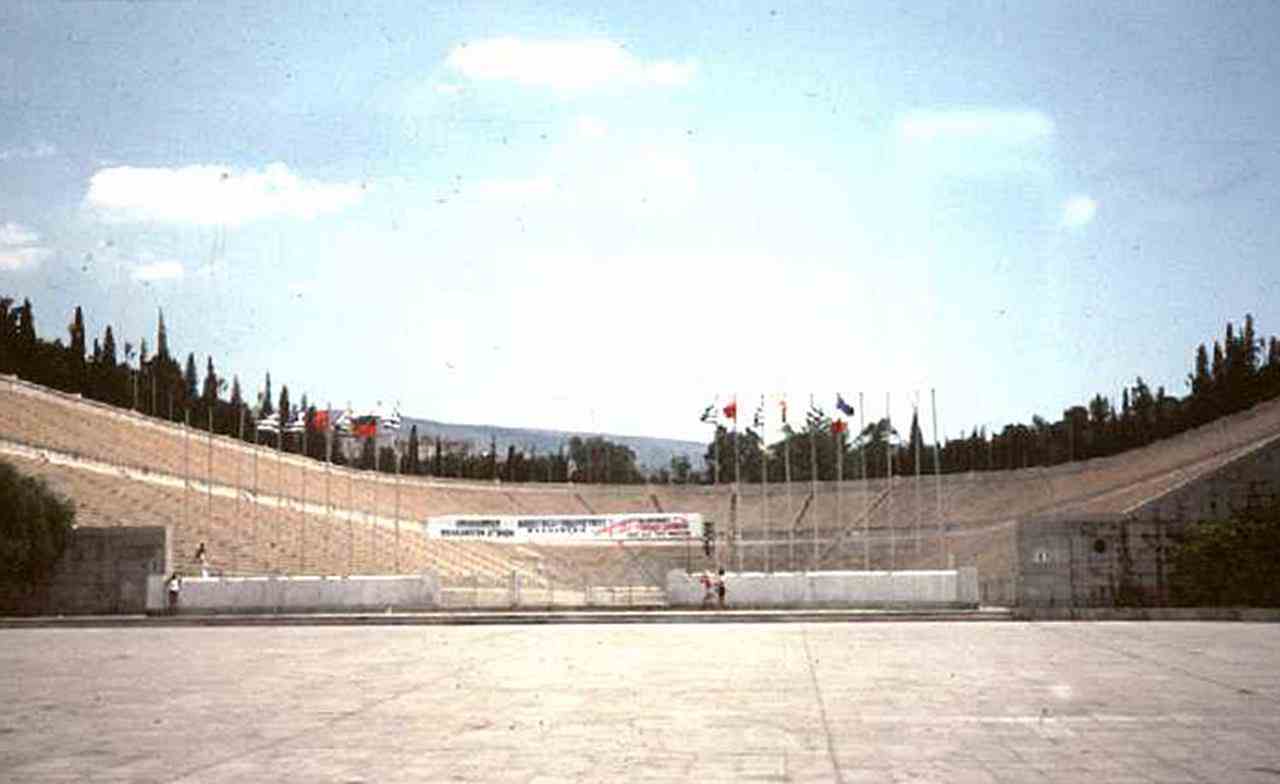
Athens apartment scene on the way up to Mt. Likavitos.
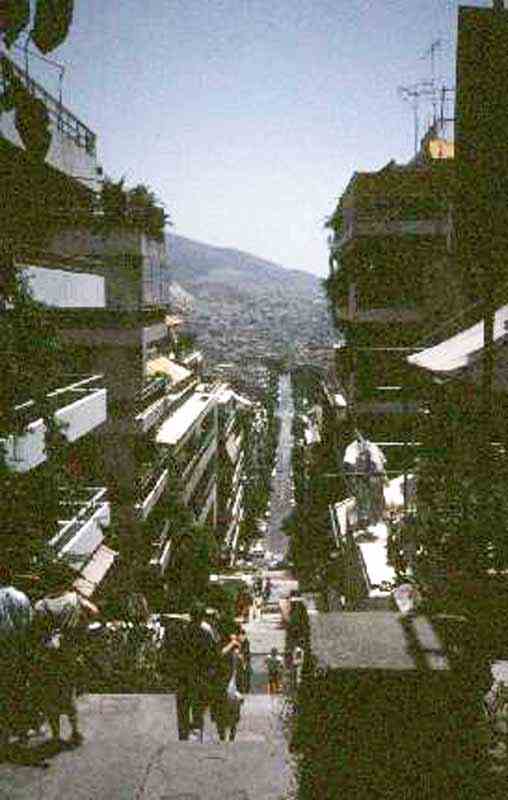
Old Greek planes at the Athens War Museum.
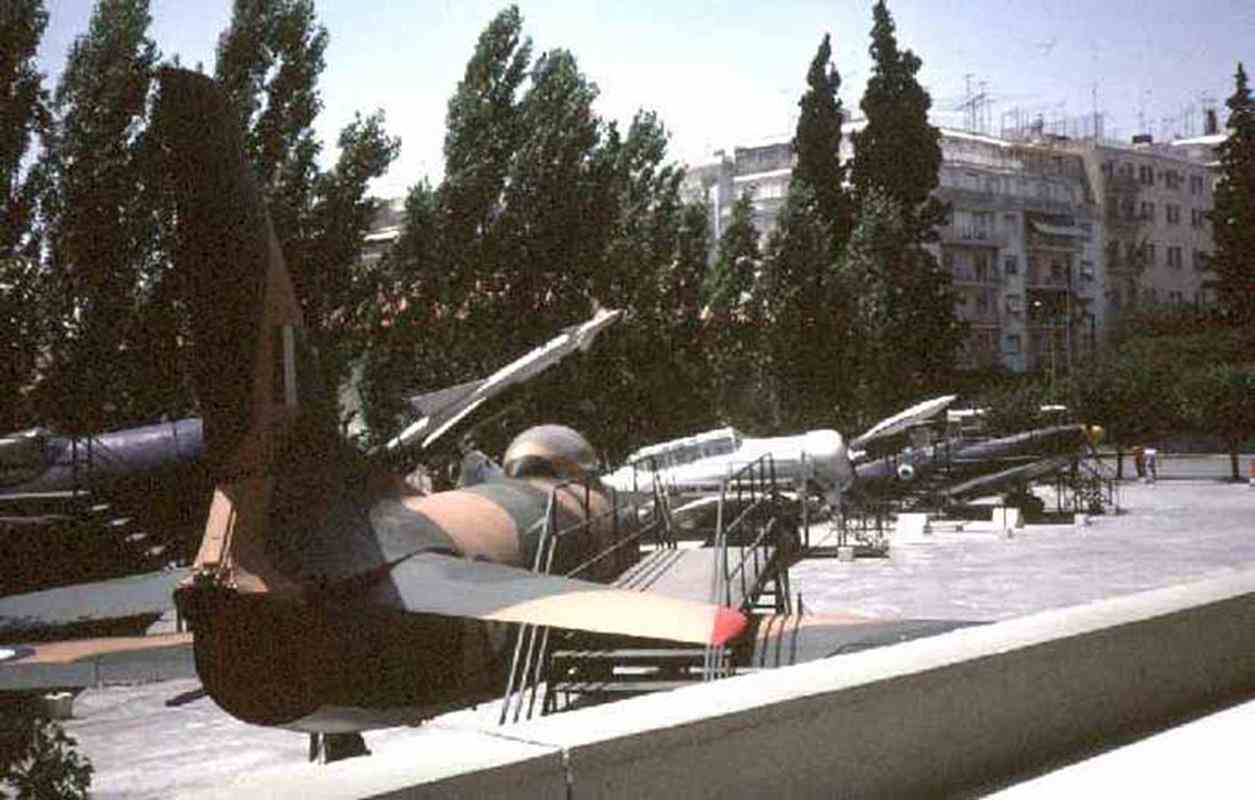
The chaos at Athens airport.
We flew out of Athens at 8pm to Tel Aviv in Israel after 3 pleasant days in Athens.
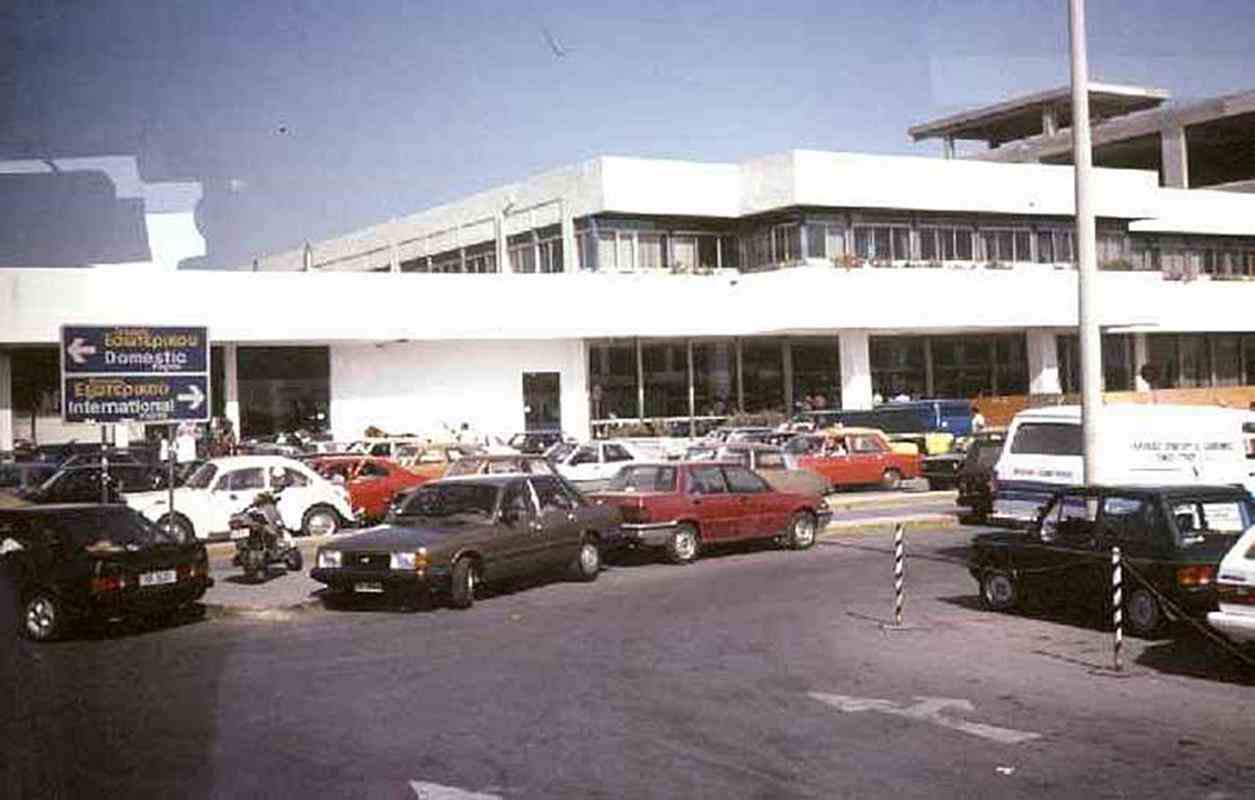
Taking long service leave for the middle school term in 1985 I went on my first trip to Europe.
(A 13-week Melbourne - Bangkok - Hong Kong - Taipei - Japan -
Trans Siberian Railway - UK - Athens - Israel - Egypt - Western Europe - Singapore - Melbourne trip.)
The next day after arriving in London, I flew to Athens for a 3-night stay before continuing the trip to Israel and Egypt.
An Australian tourist in front of The Parthenon.

The Parthenon is the chief temple of the Greek goddess Athena Parthenos, the patron goddess of Athens the goddess of wisdom and war).
The construction of the monument was initiated by Perikles. Work began in 447 BC, and the building itself was completed by 438 BC.

To the north ofThe Parthenon is The Erechthelon, immediately recognised by its much-photographed Caryatids,
the 6 large maidens who take the place of columns to support its southern portico.
The Erechthelon was dedicated to Athena and Poseidon and supposedly built on the spot where they competed for possession of ancient Athens.

The Parthenon remained well preserved until 1687 when a Venetian bombardment exploded a Turkish powder magazine inside it.

The colonnade, consisting of 8 columns on the east and west and 17 on the north and south, encloses a walled interior rectangular chamber,
or cella, originally divided into three aisles by two smaller Doric colonnades.




Overlooking the Temple of the Olympian Zeus from The Acropolis.
Zeus was the head god of all the Greek gods.

Looking across Athens to Mt. Likavittos from The Acropolis.


Looking down on the Theatre of Dionysos from The Acropolis. The oldest of all known theatres in the world.
Here the 4 greatest Ancient Greek poets, Aeschylos, Aristophanes, Euripides and Sophokles,
saw their plays being performed for the first time in the 5th century BC.



Looking over the Ancient Agora from The Acropolis. It was the commercial centre of ancient Athens as well as its political, cultural and religious centre.
This is where Athenians gathered on a daily basis to buy and sell, to learn the news and to criticise the government.
The Theseion dedicated to the god Hephaisteion is the building near the western boundary.

Cape Sounion
About 70km south-east of Athens, Cape Sounion is noted for its Temple of Poseidon, one of the major monuments of the Golden Age of Athens.
Its remains are perched on the headland, surrounded on three sides by the sea.


The Temple of Poseidon at Cape Sounion. This is the place where the ancient Greeks worshipped their mighty god of the sea, Poseidon.



Byron has carved his initials on one of the pillars.



We went on a one-day cruise to three islands - Aegina, Poros and Hydra.
An ass on the island of Poros.

Aegina

Temple of Apahia (Goddess of light) on Aegina.
Made of limestone it was built 50 years before the Parthenon. The Parthenon was modelled on it.
25 statues from this temple are in a museum in Munich. Our humorous guide called them the 25 ambassadors of Aegina.

Aegina


Poros



The ferry Hermes at Hydra.

Hydra



Coming back to Piraeus, the port of Athens, after a great 3 island cruise.

Athens
The Arch of Hadrian. Built in 131AD it was a gateway to the Temple of the Olympian Zeus.
It was across the road from my hotel.
The Greek Parliament Building.

A traditionally costumed guard (Evzone) at the tomb of The Unknown Soldier in front of the Parliament building in Athens.
The Panathenaikon Stadium is a faithful replica of an ancient stadium on the site.
This marble stadium was built between 1869 and 1870 for the first Olympic Games held in modern times in 1896.

Athens apartment scene on the way up to Mt. Likavitos.

Old Greek planes at the Athens War Museum.

The chaos at Athens airport.
We flew out of Athens at 8pm to Tel Aviv in Israel after 3 pleasant days in Athens.
